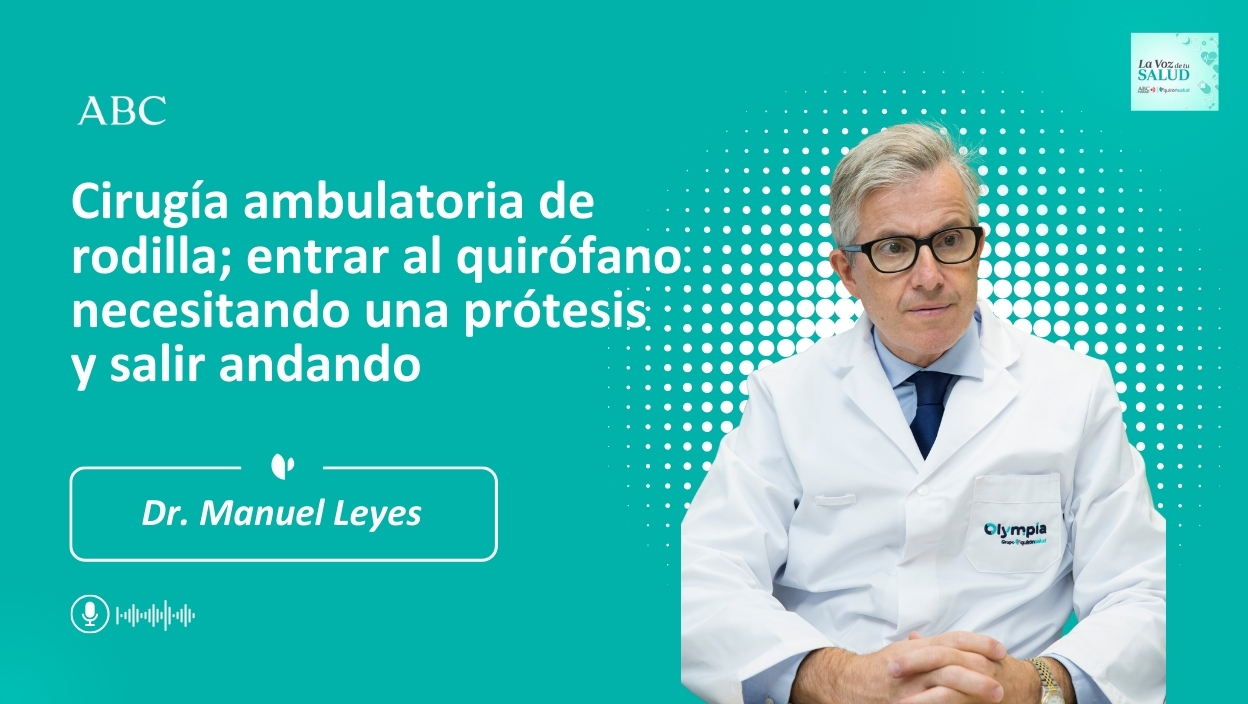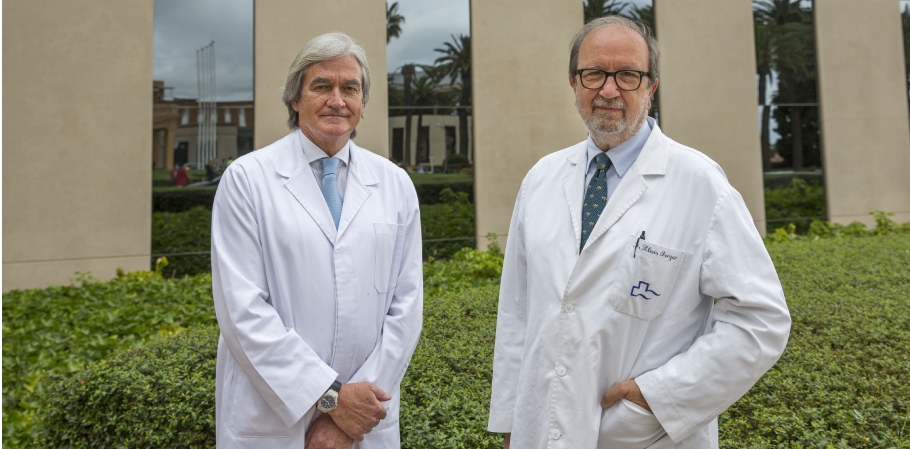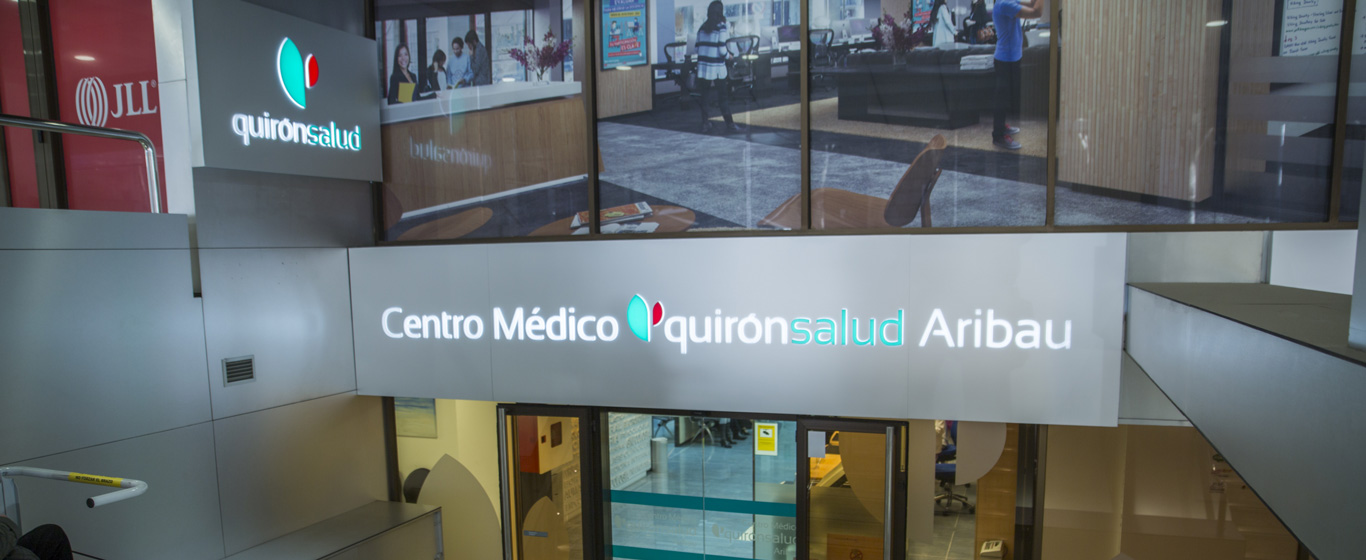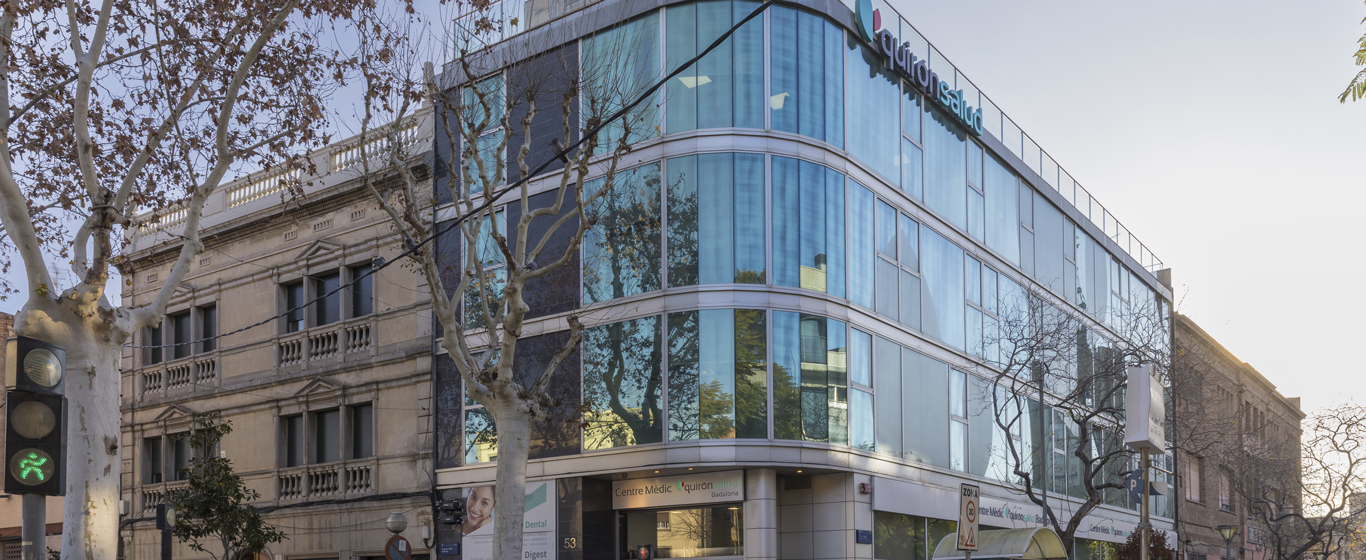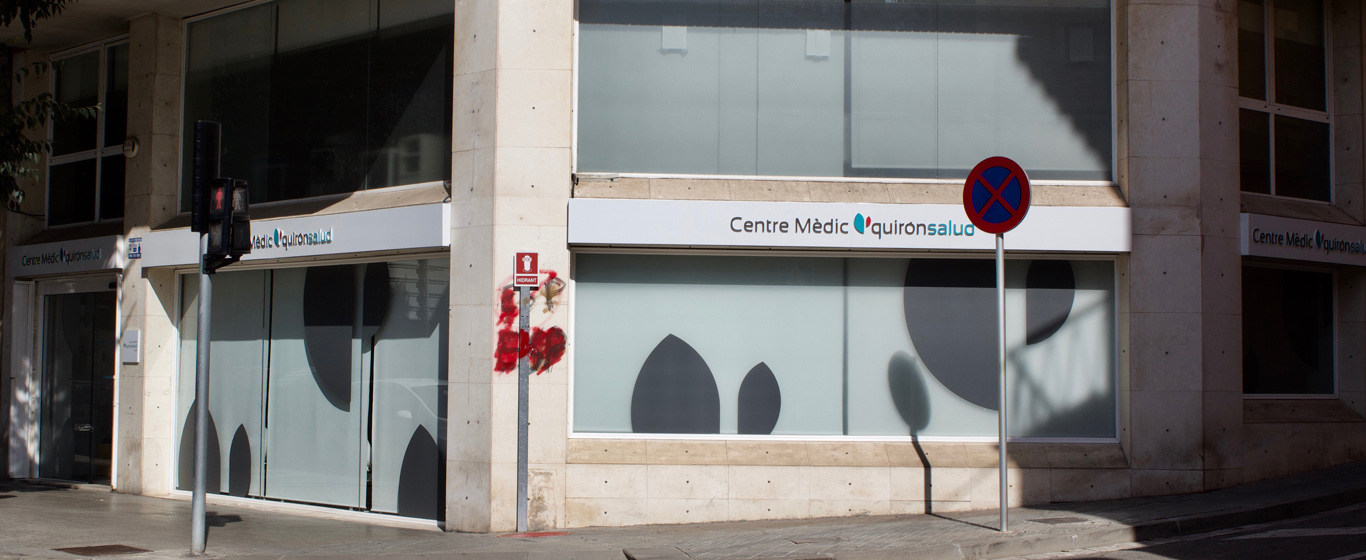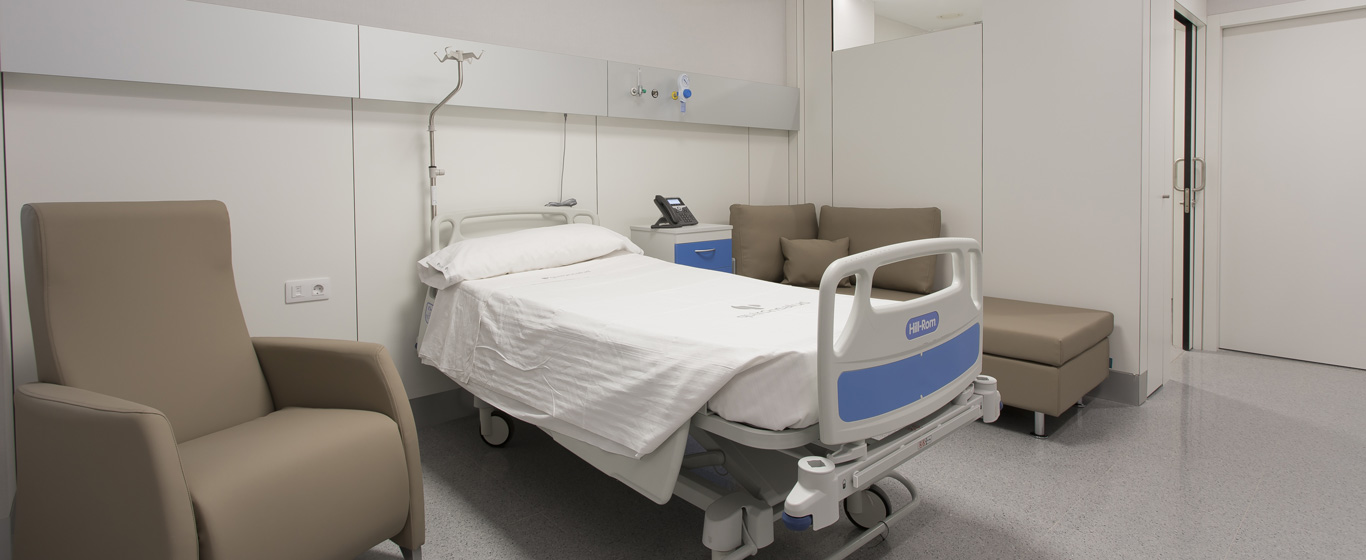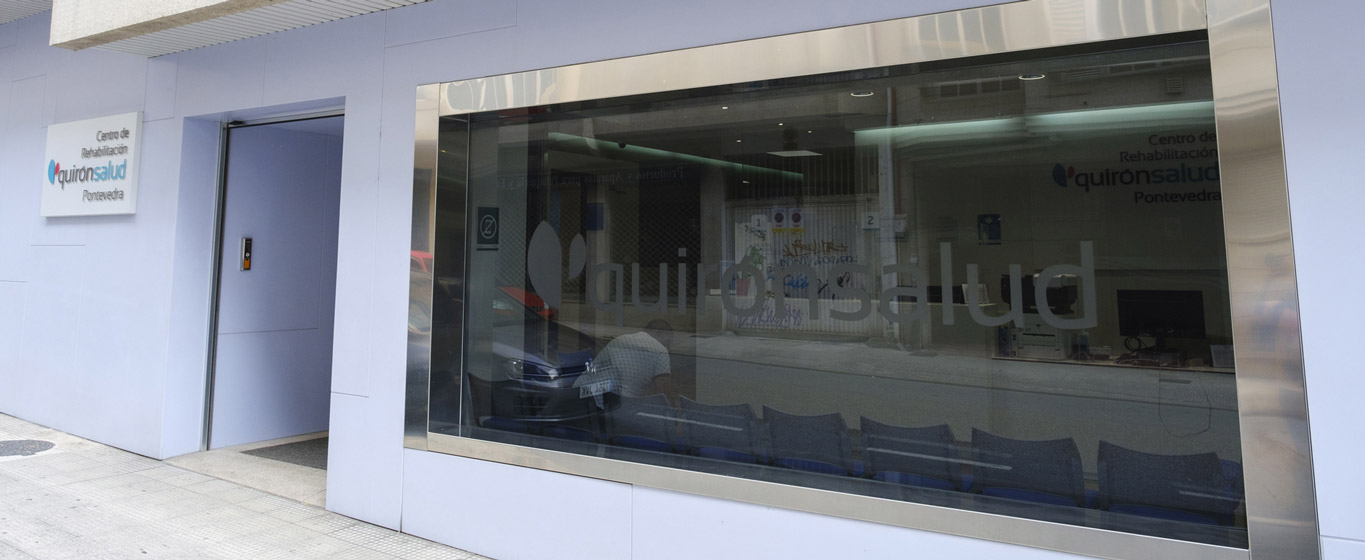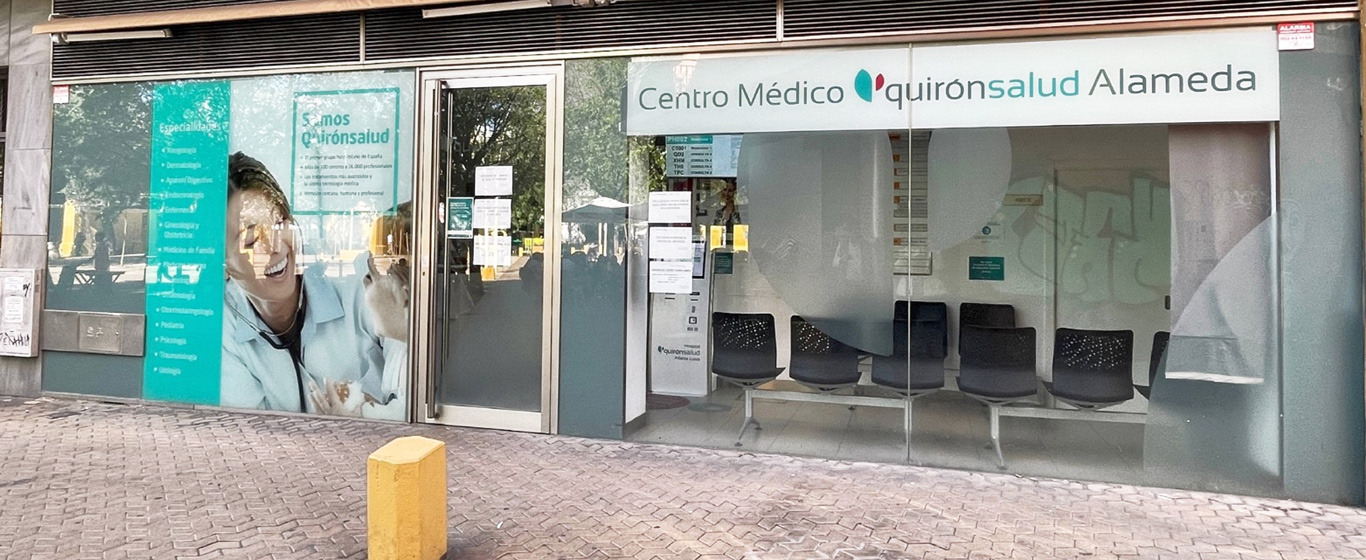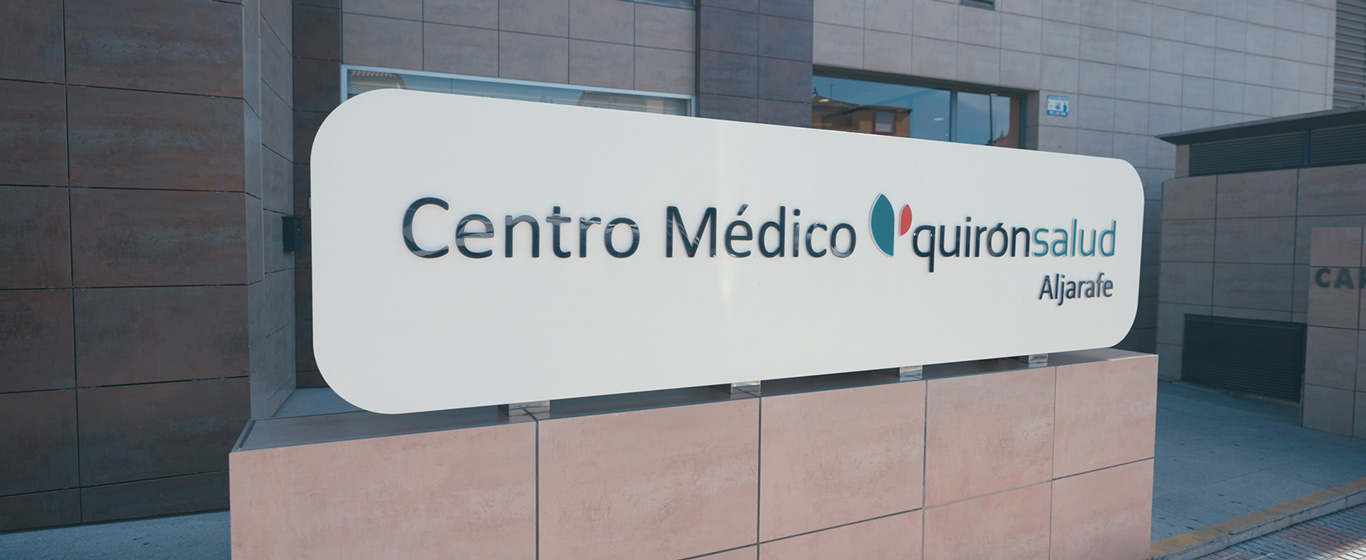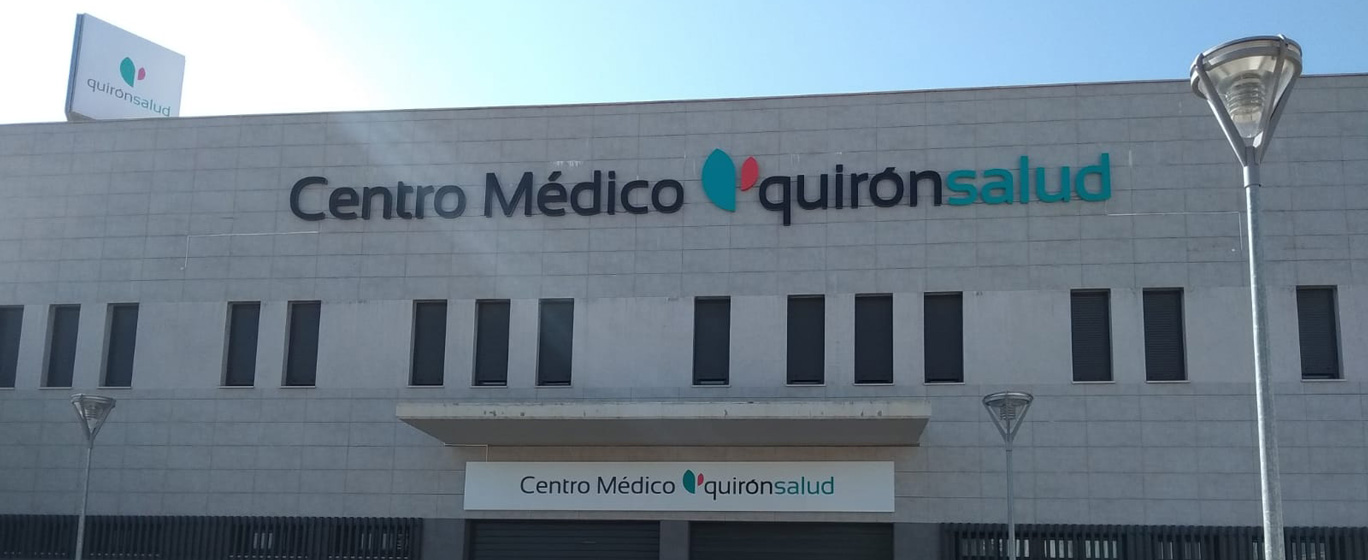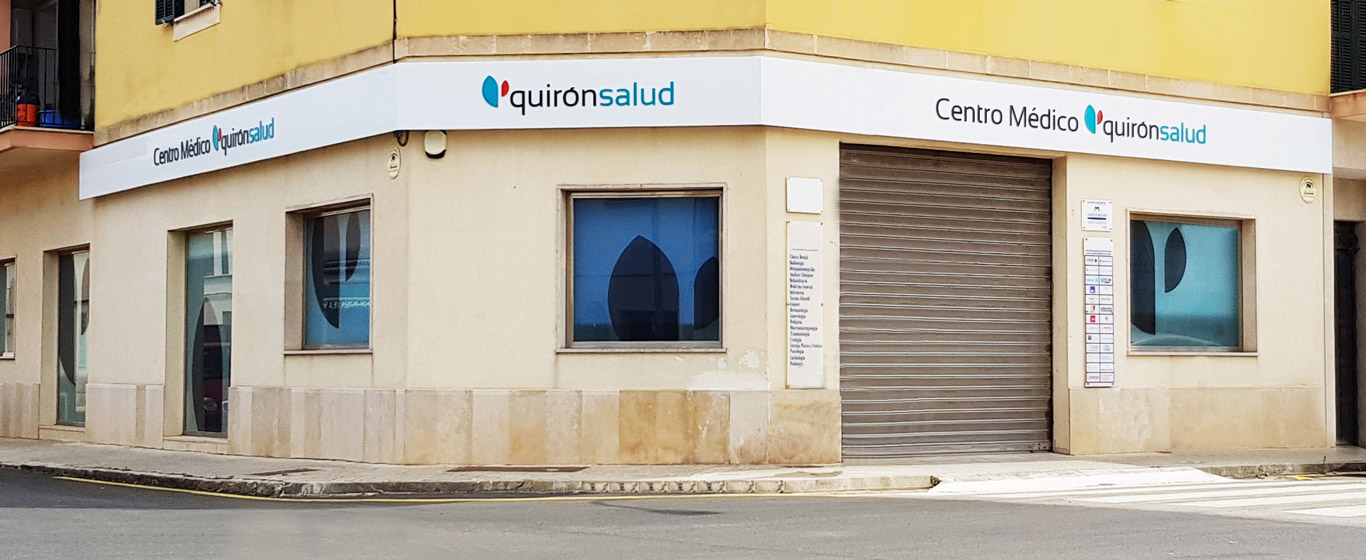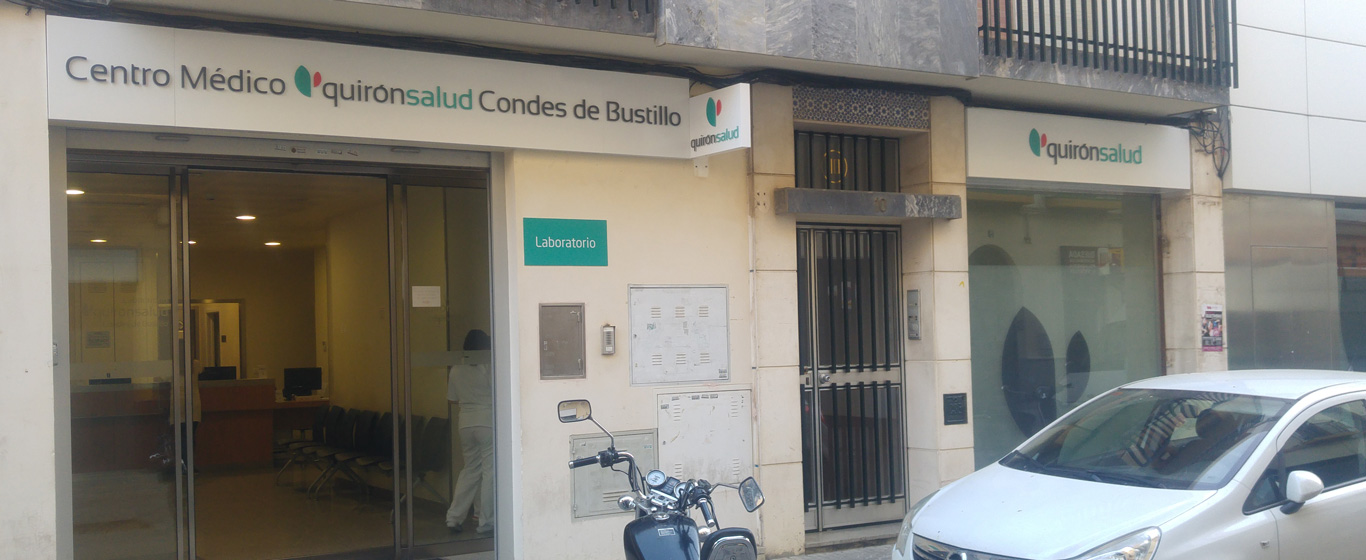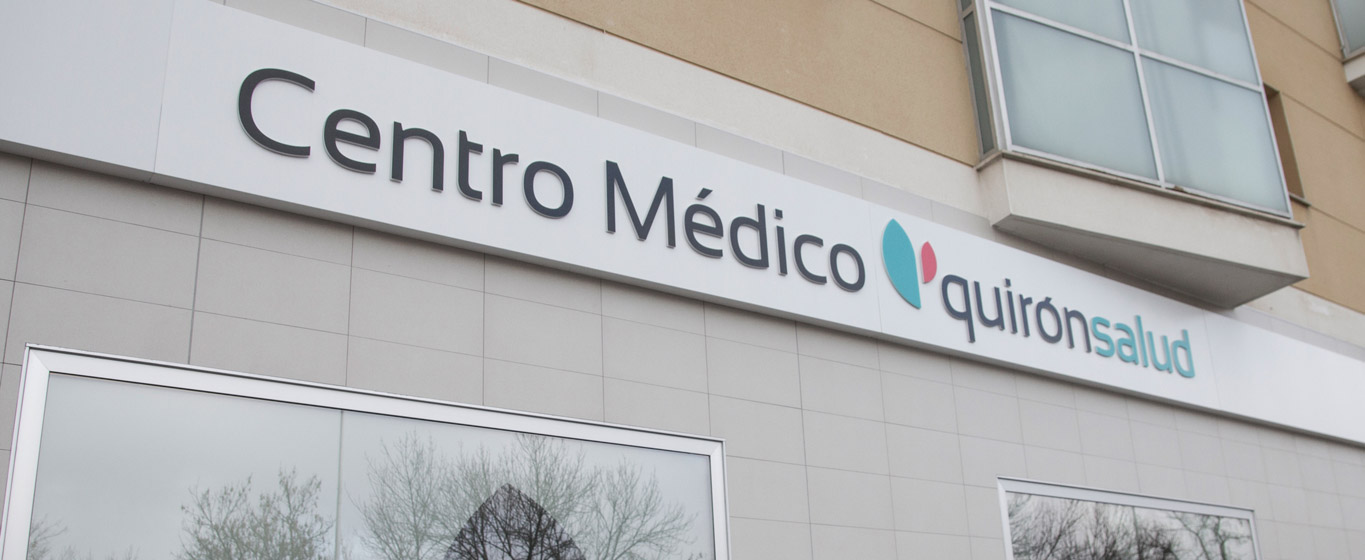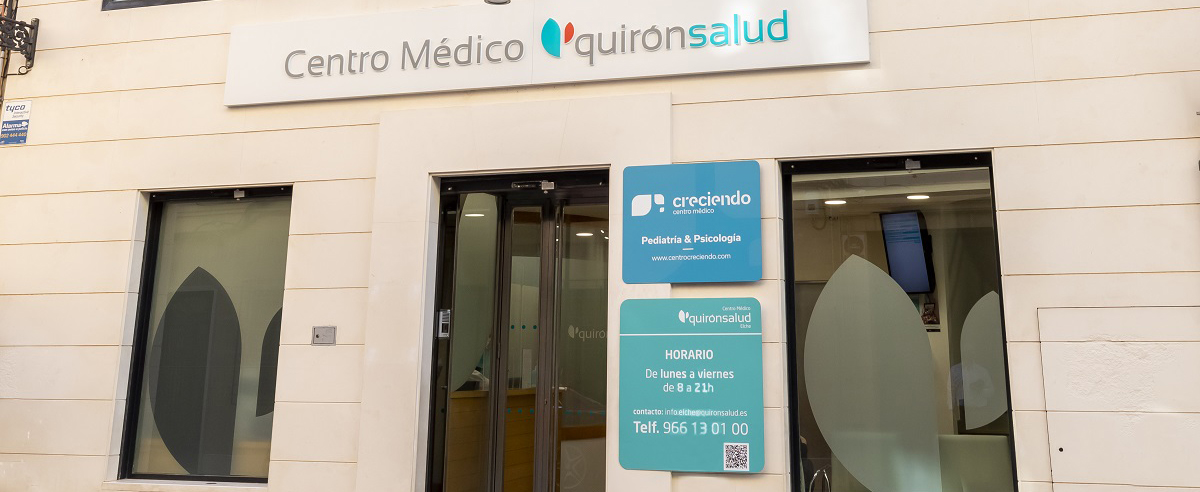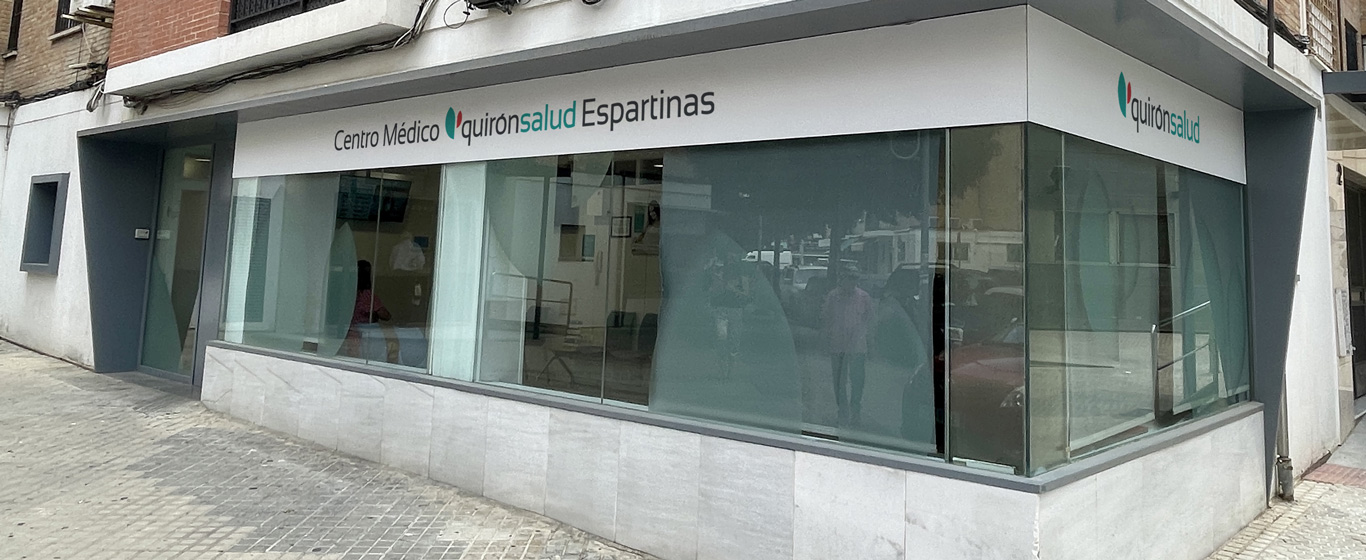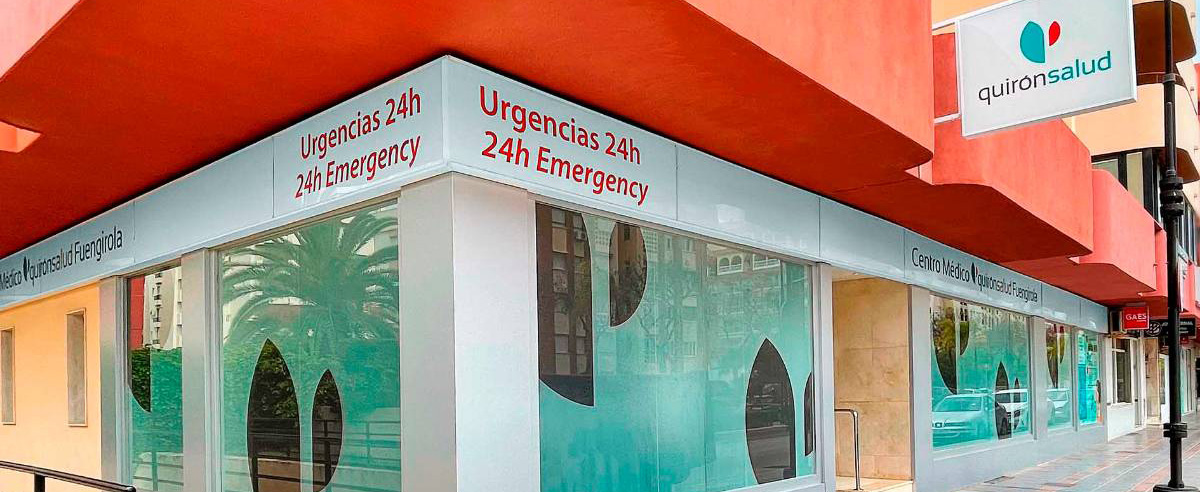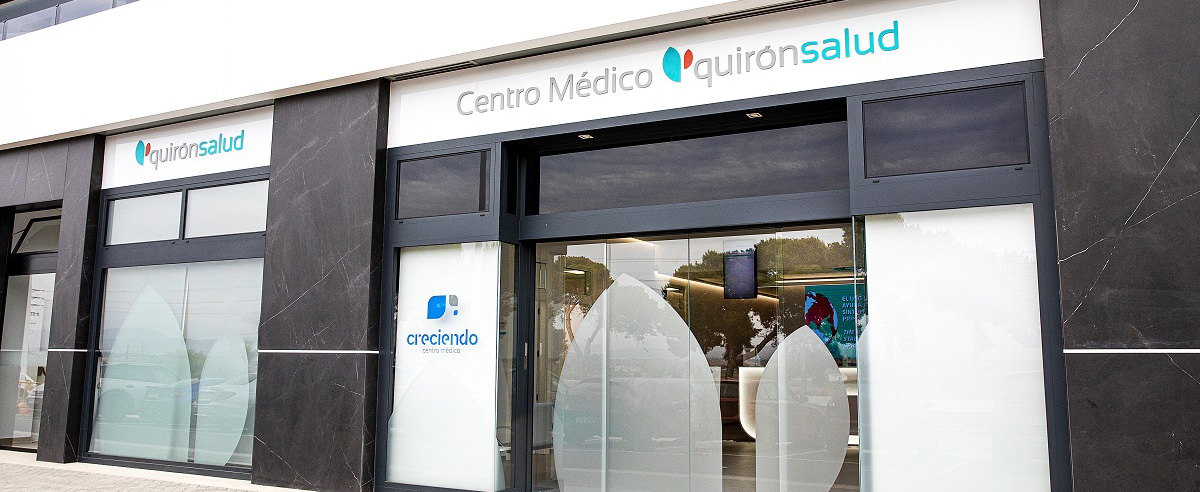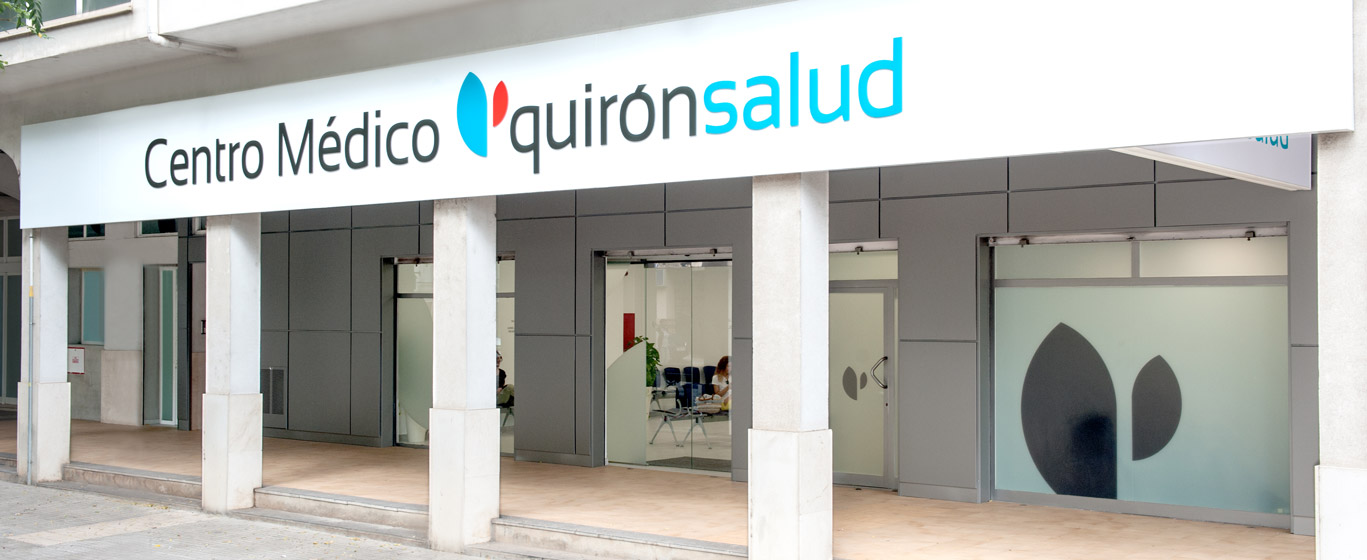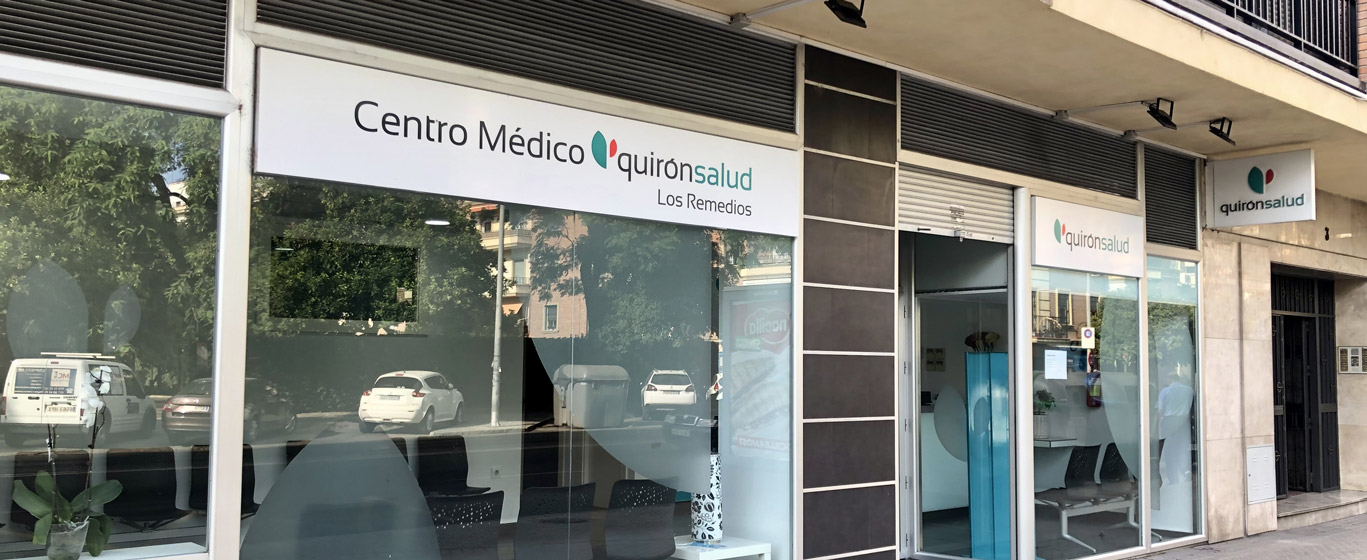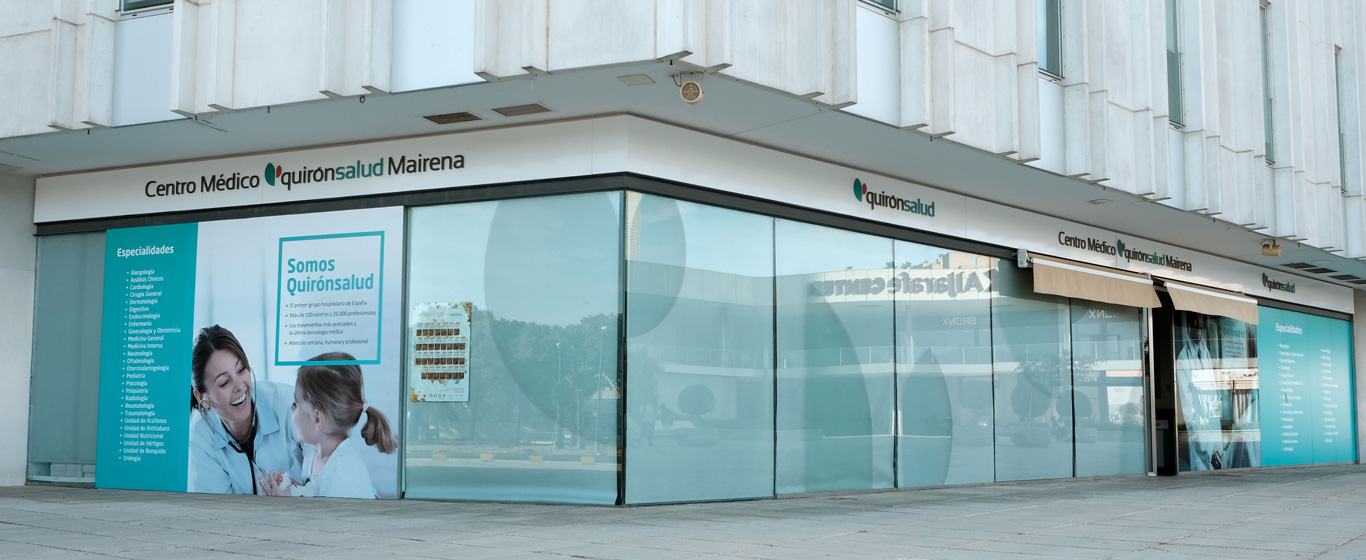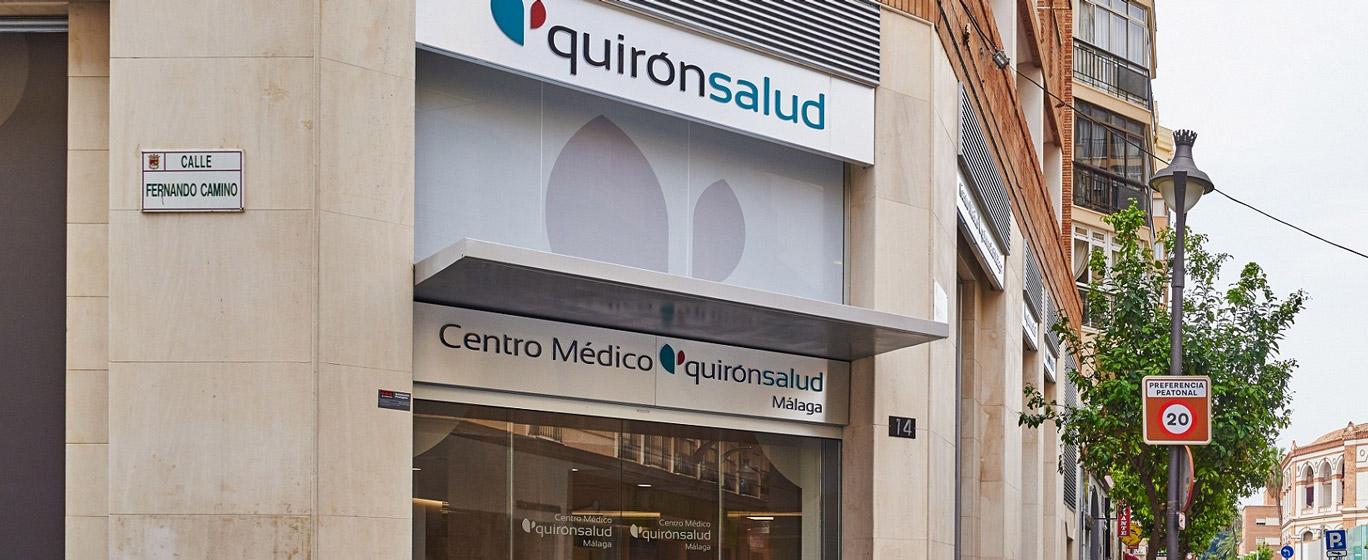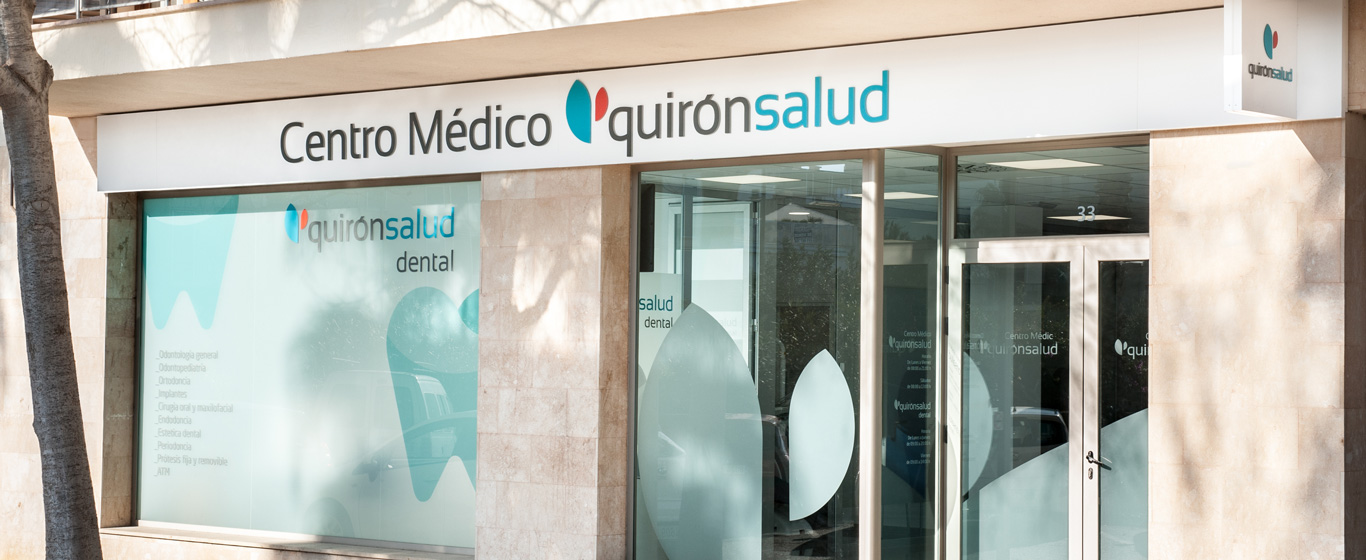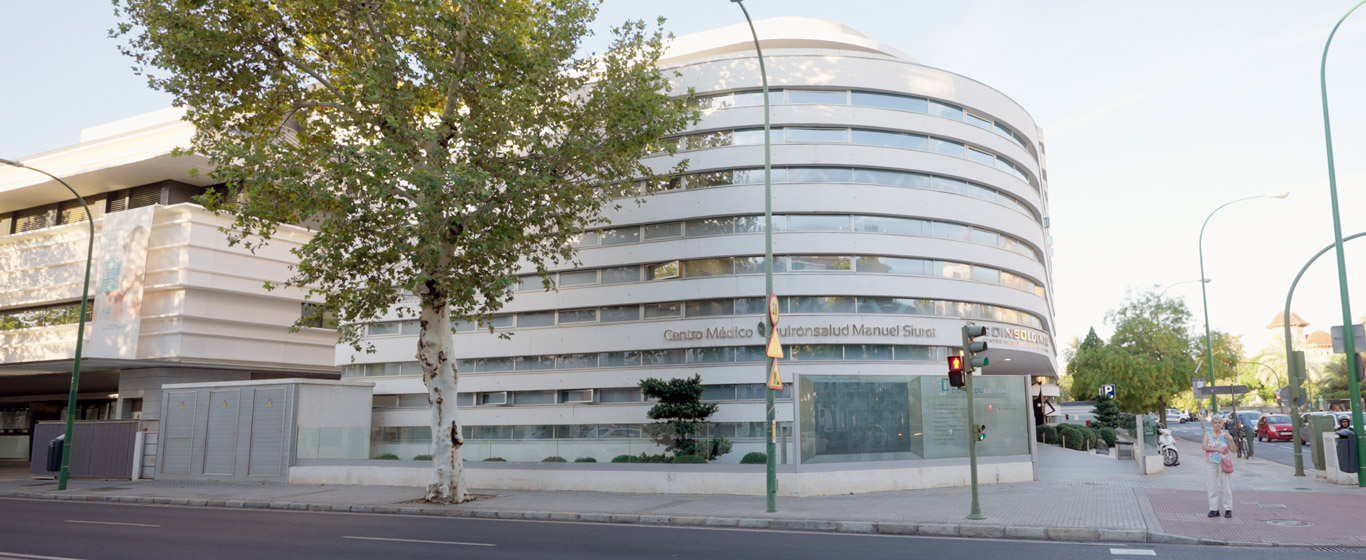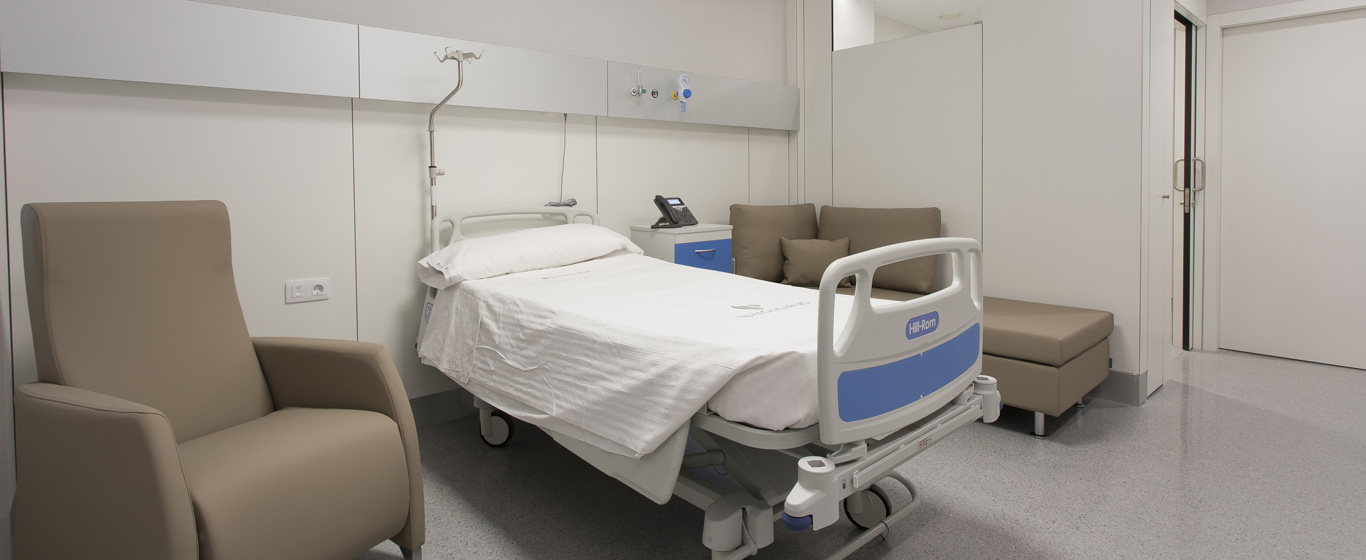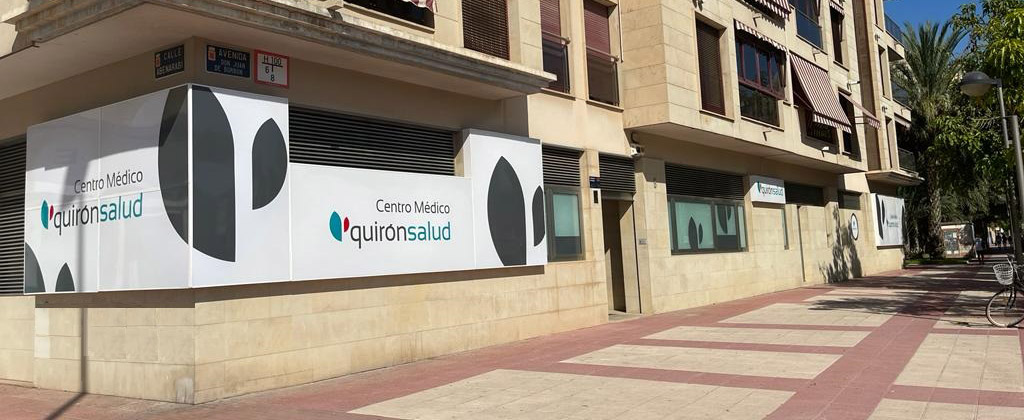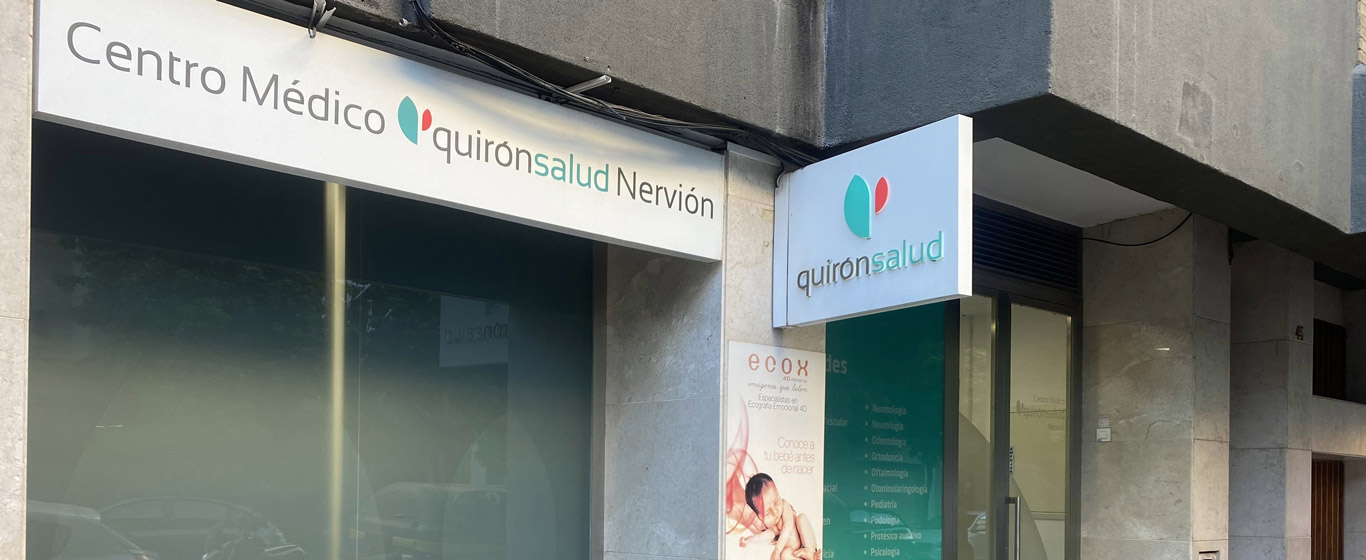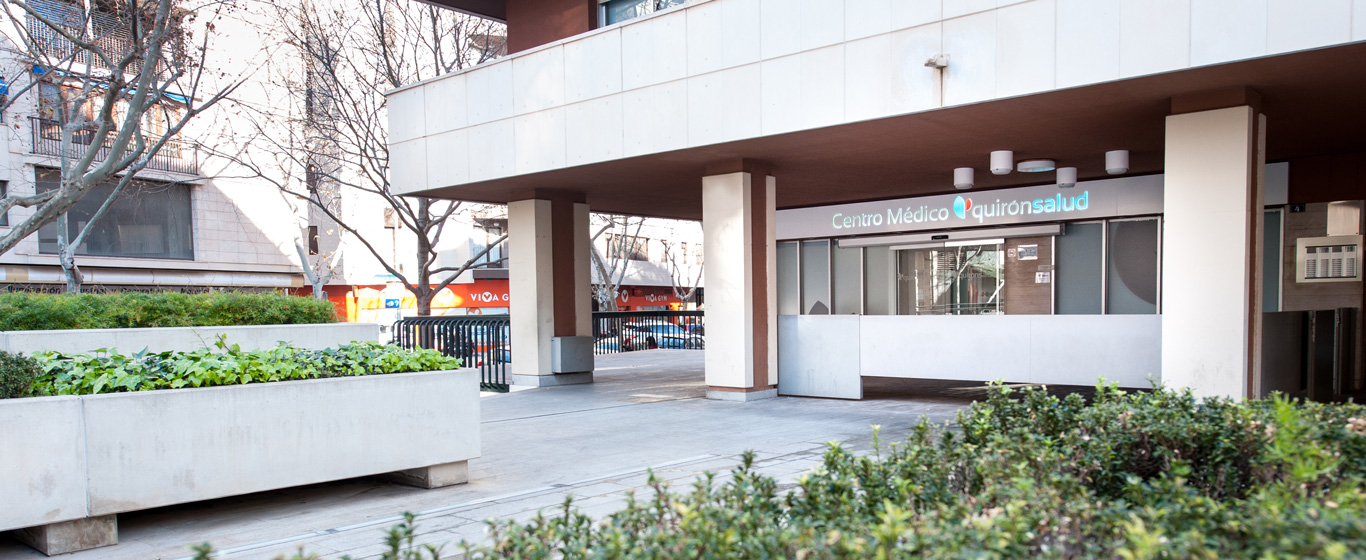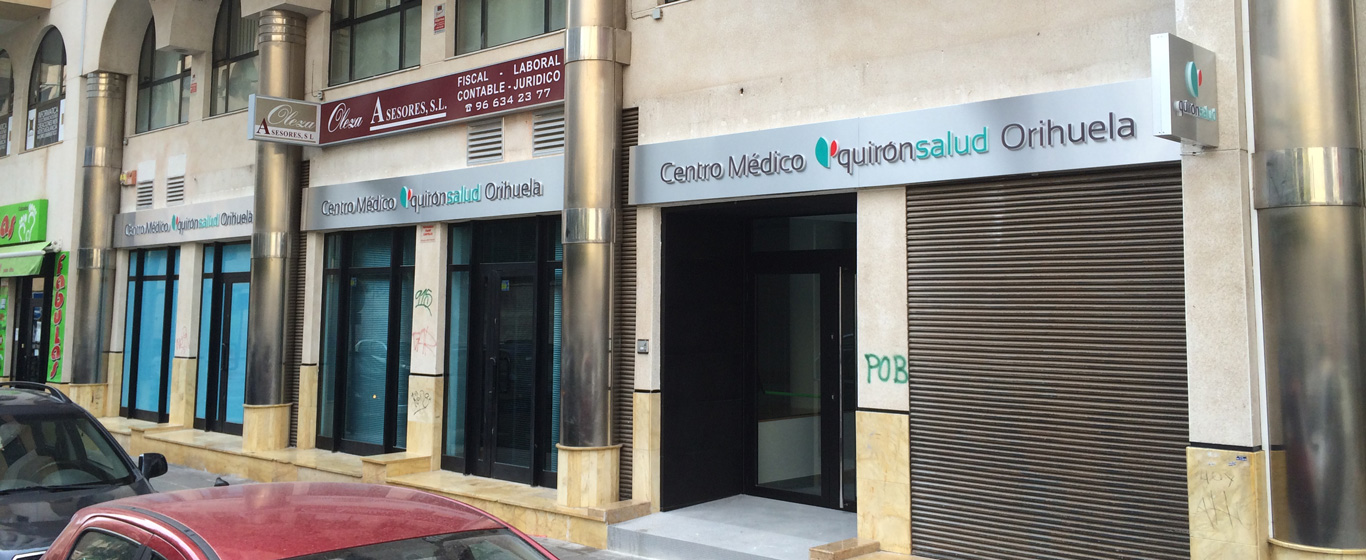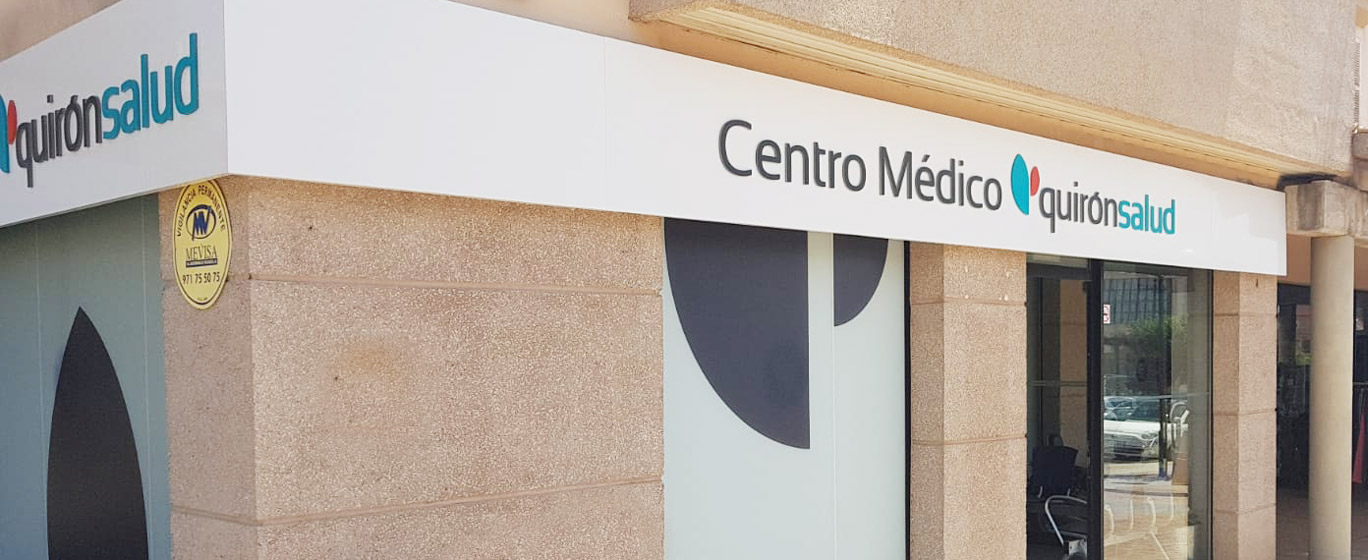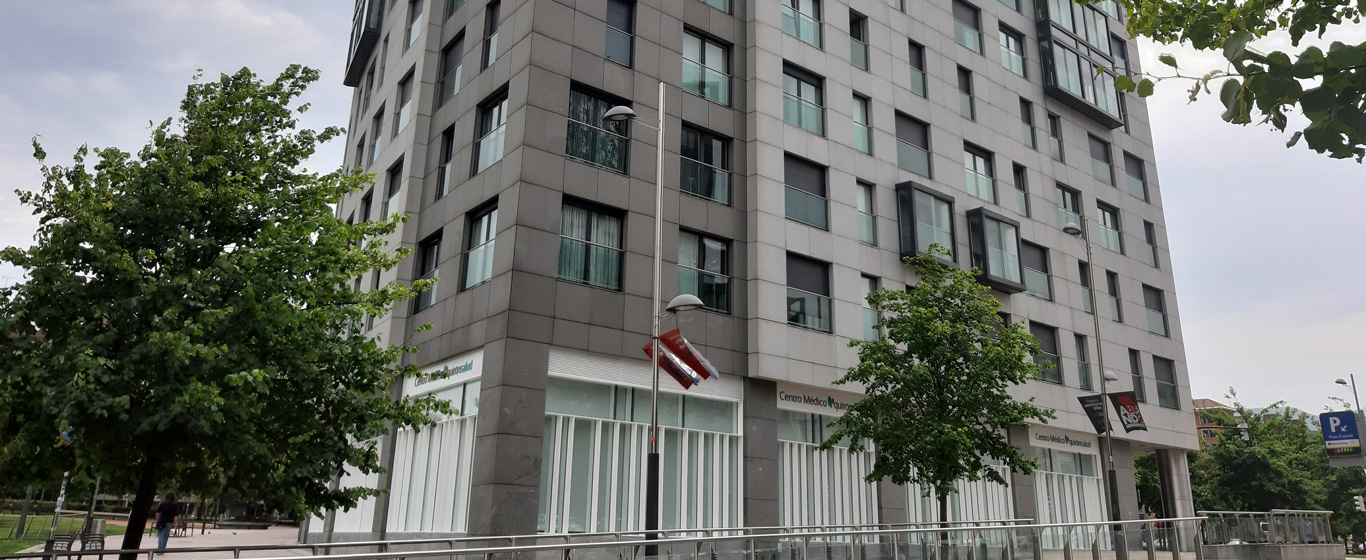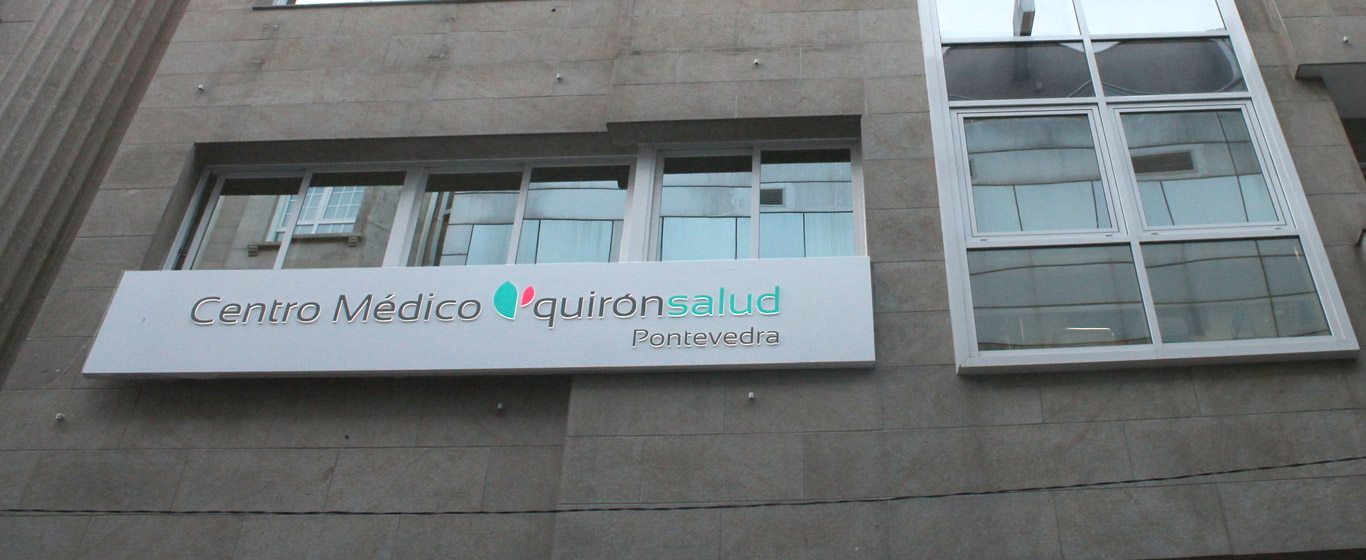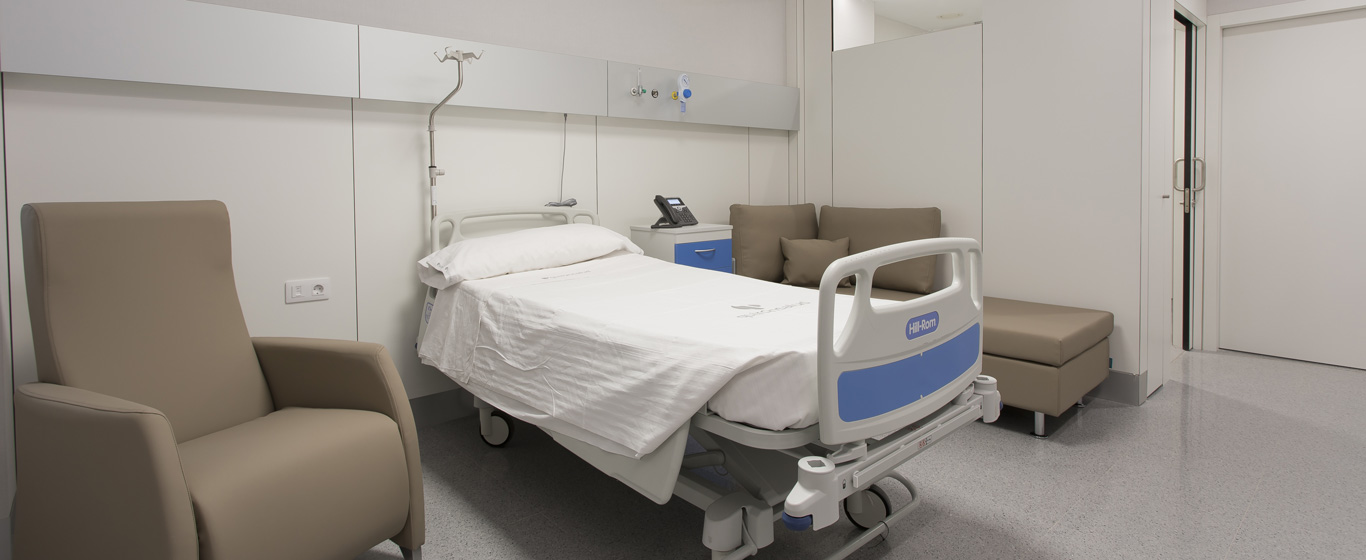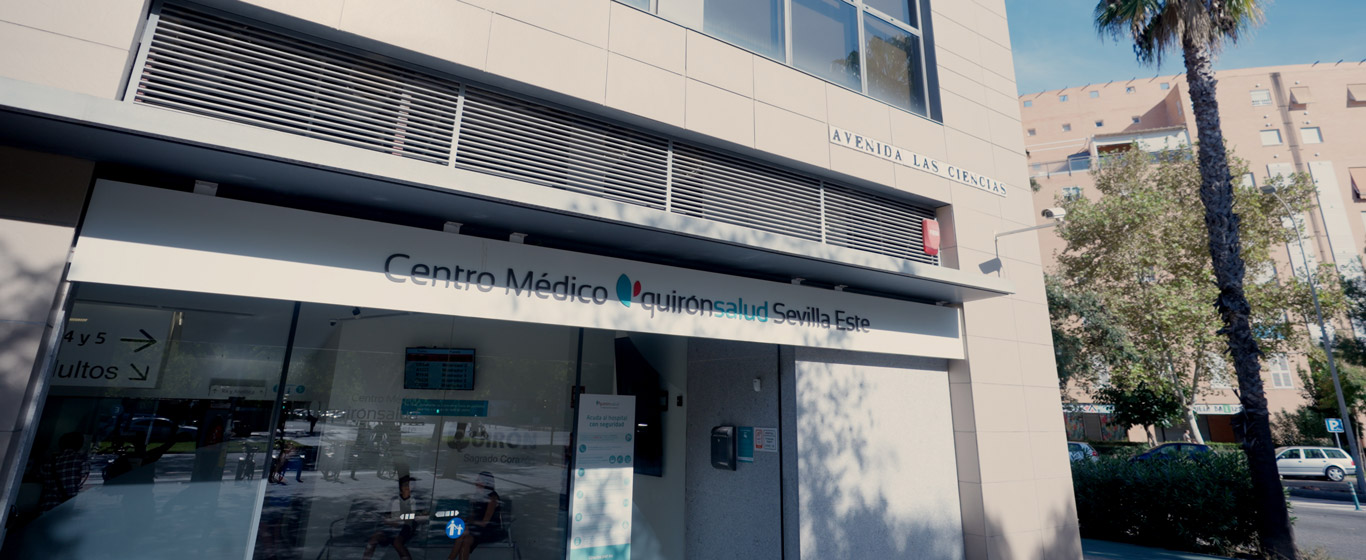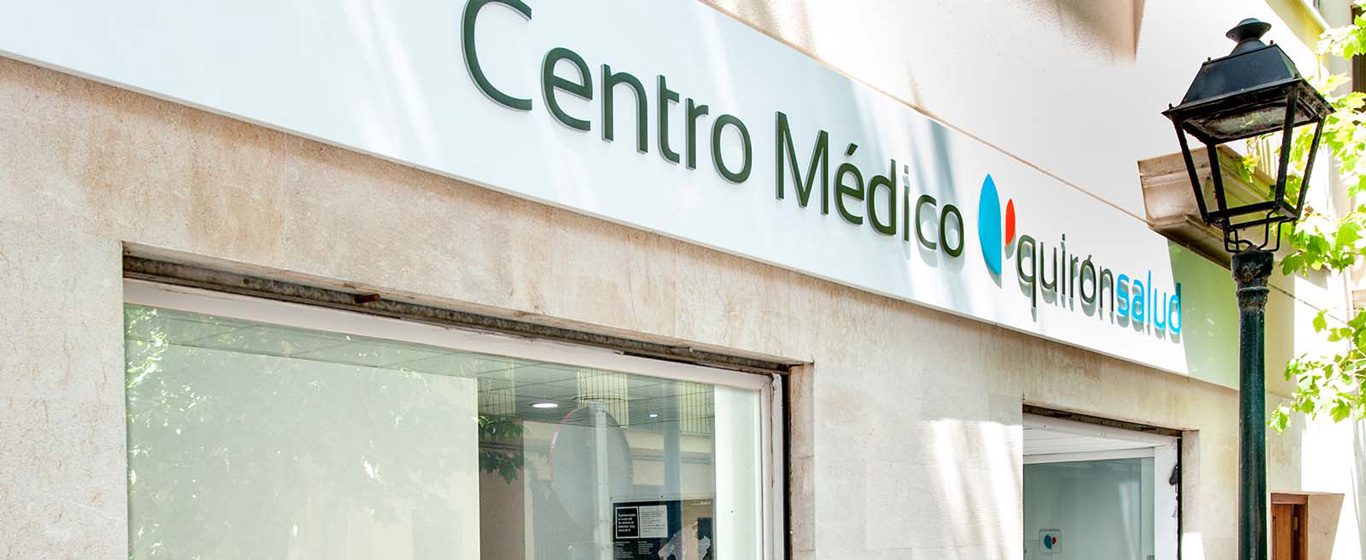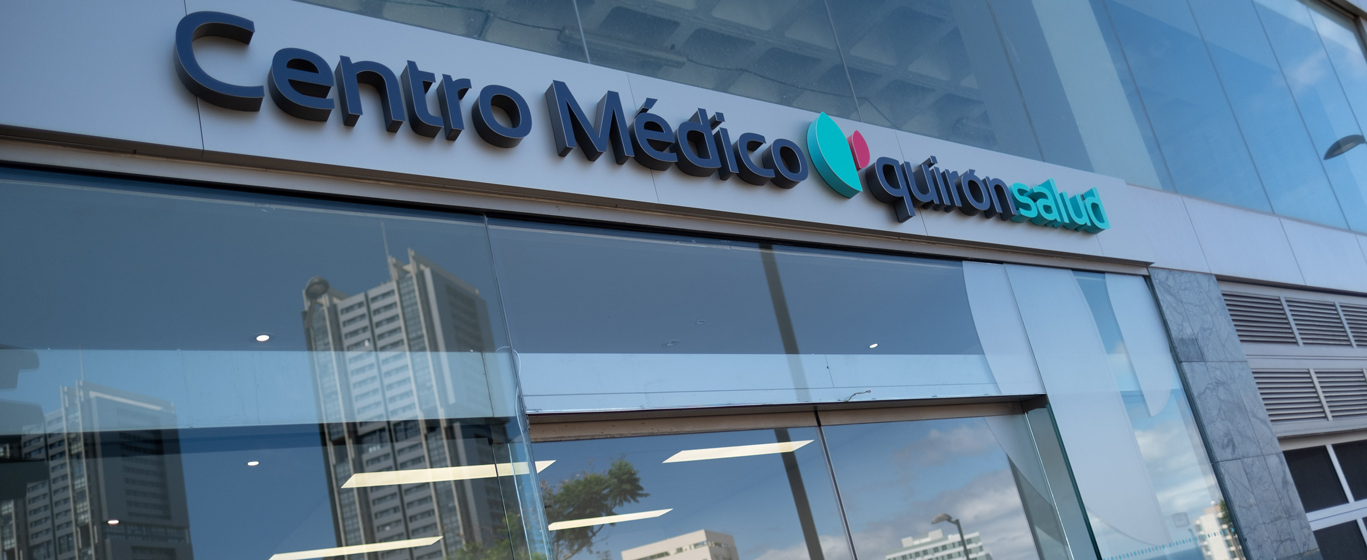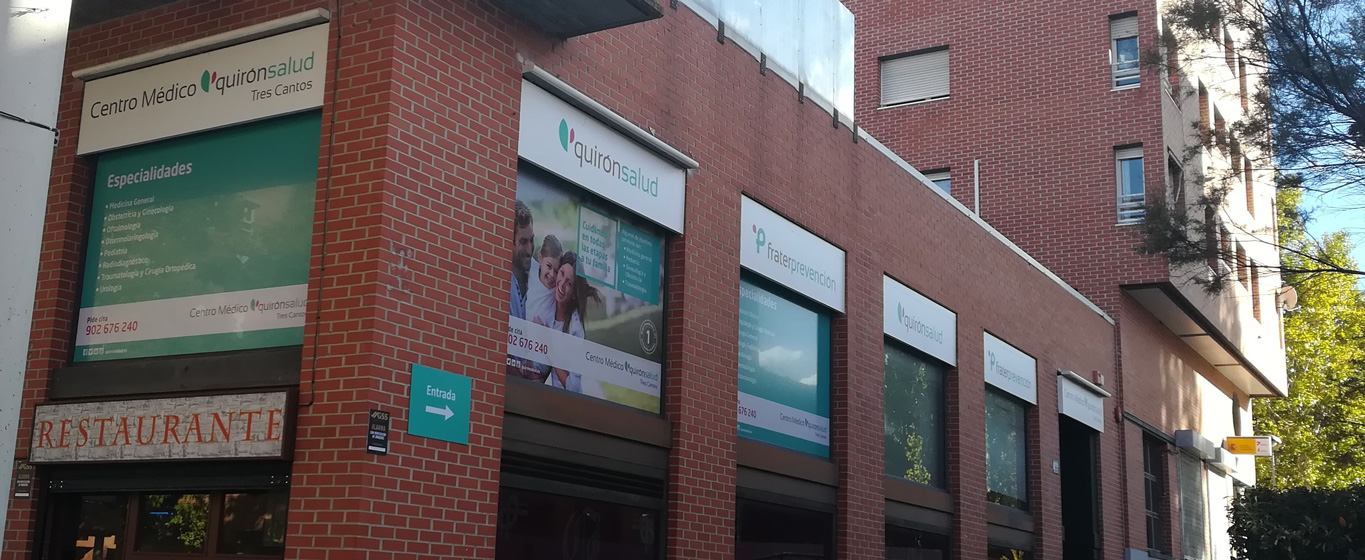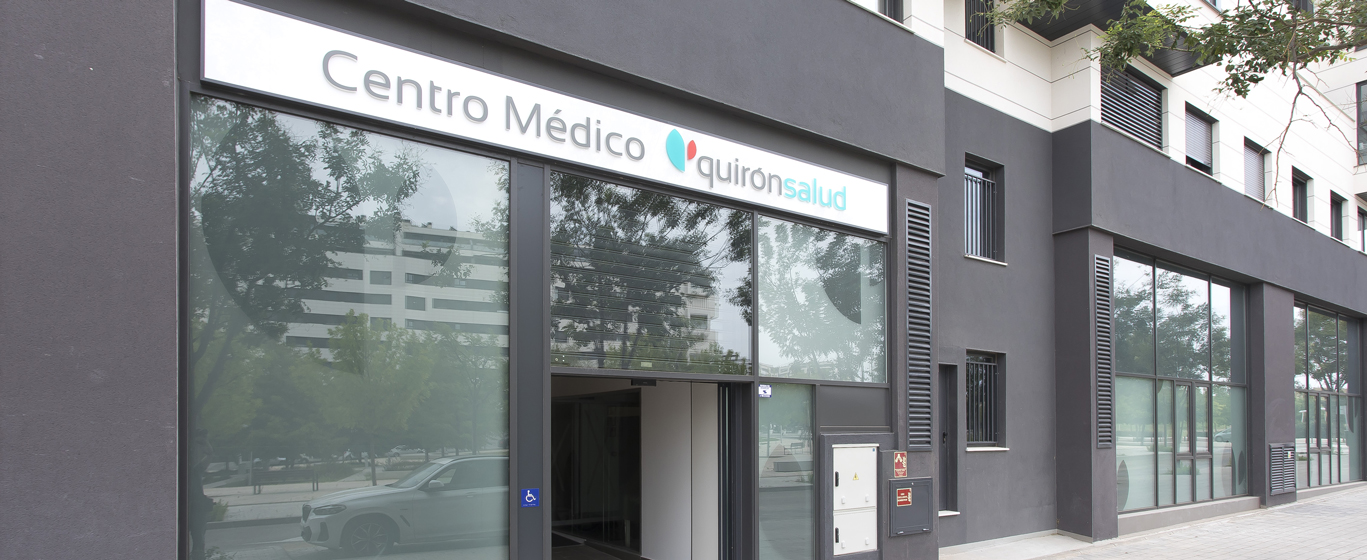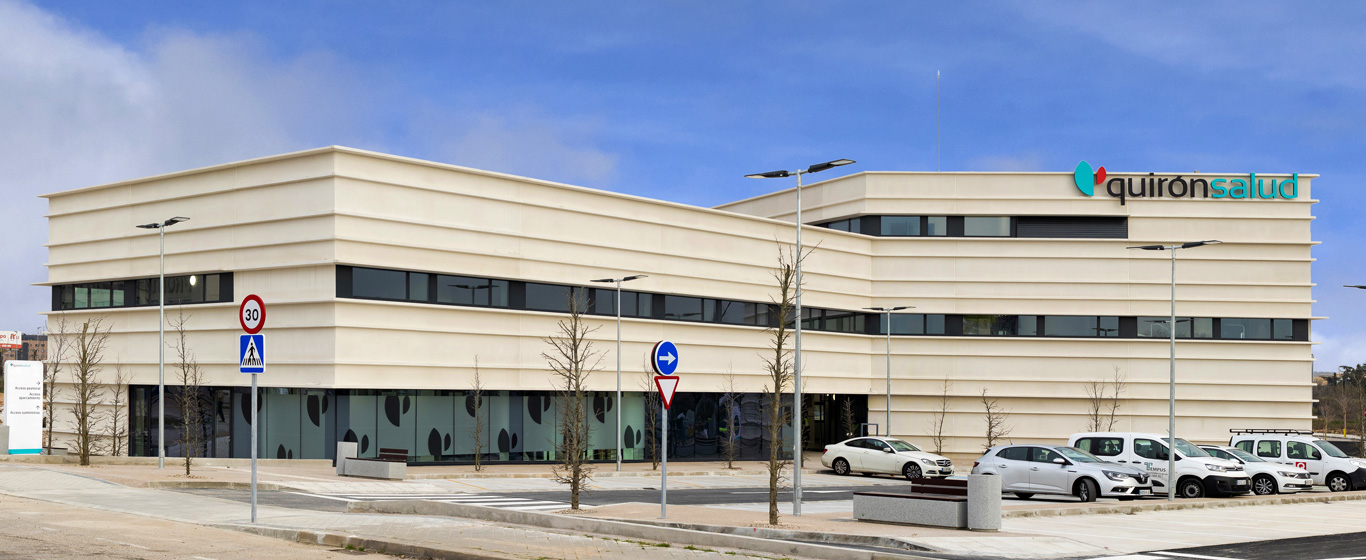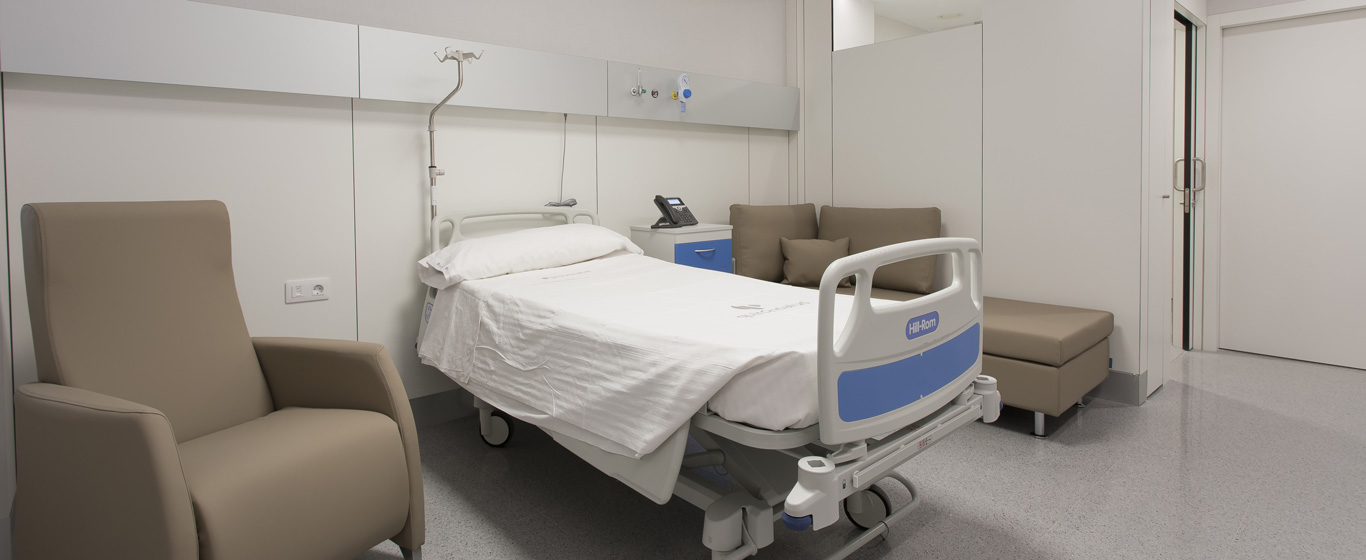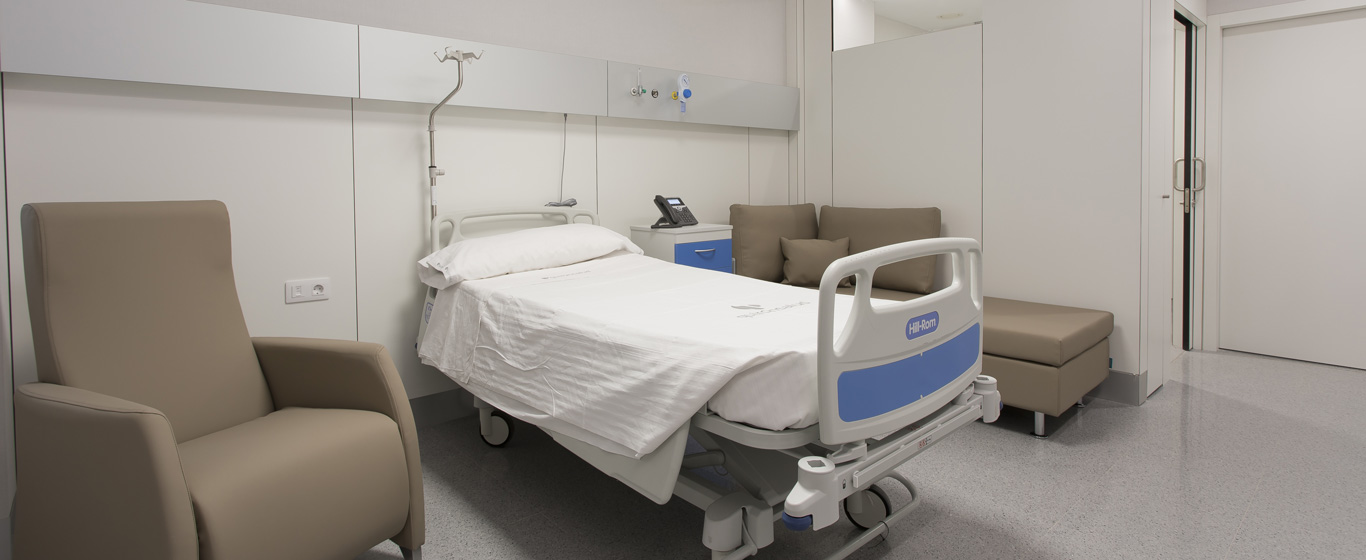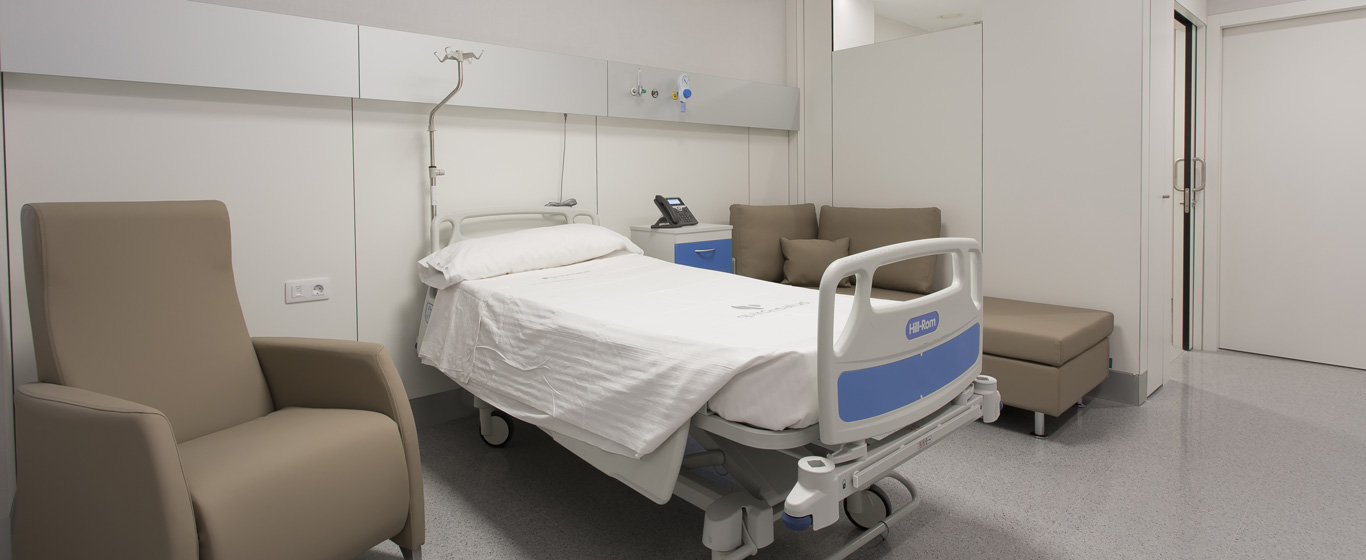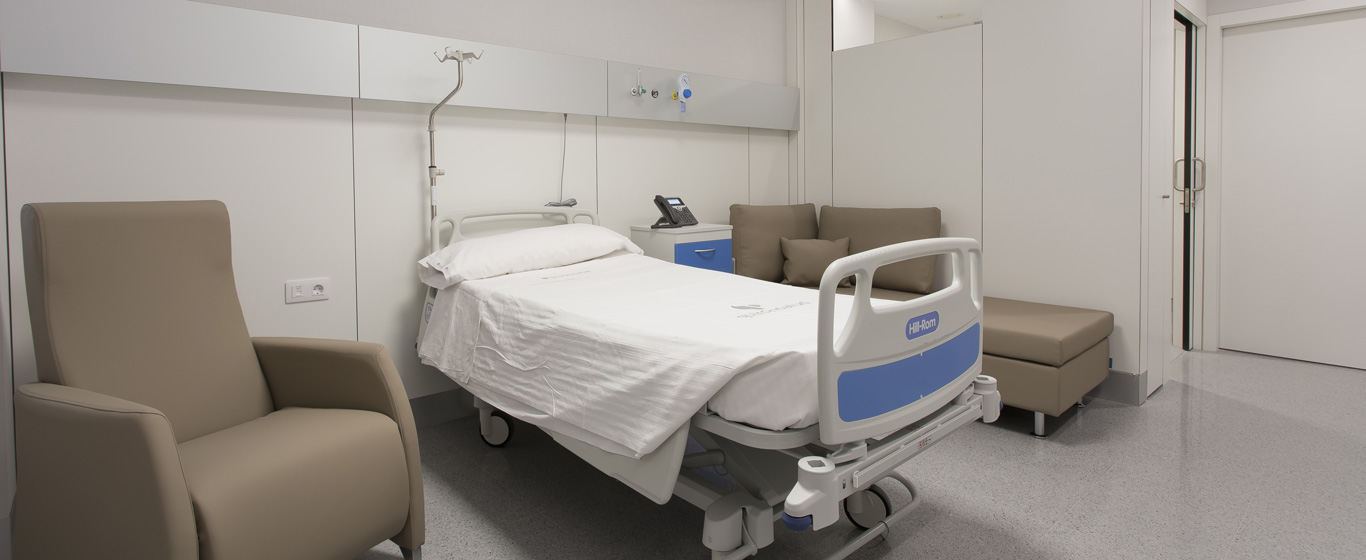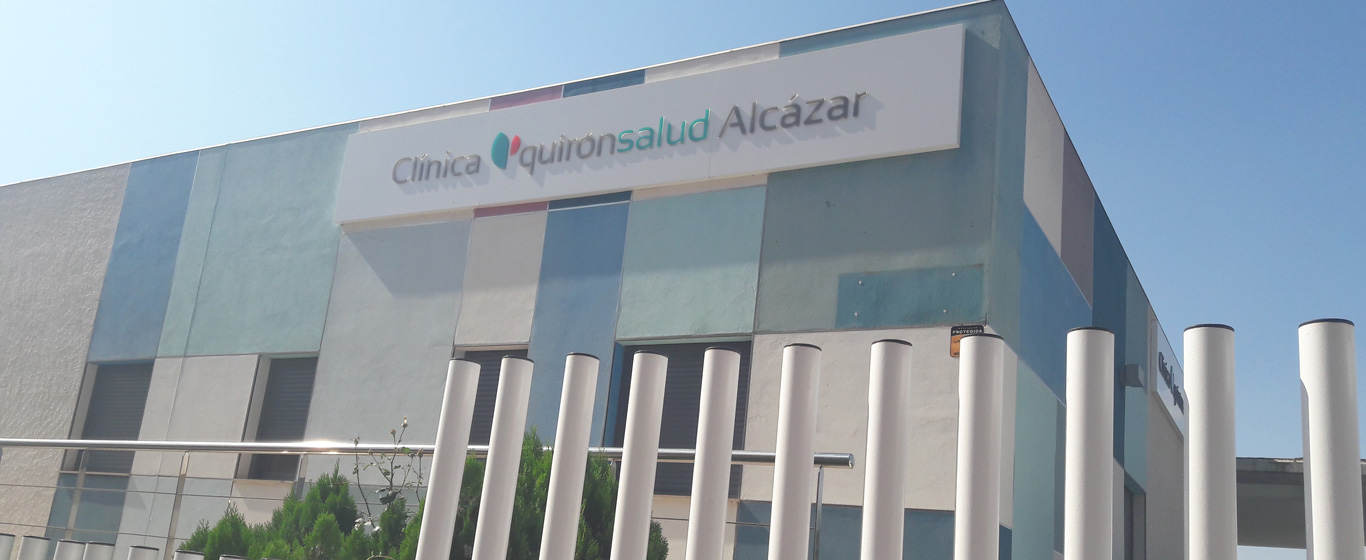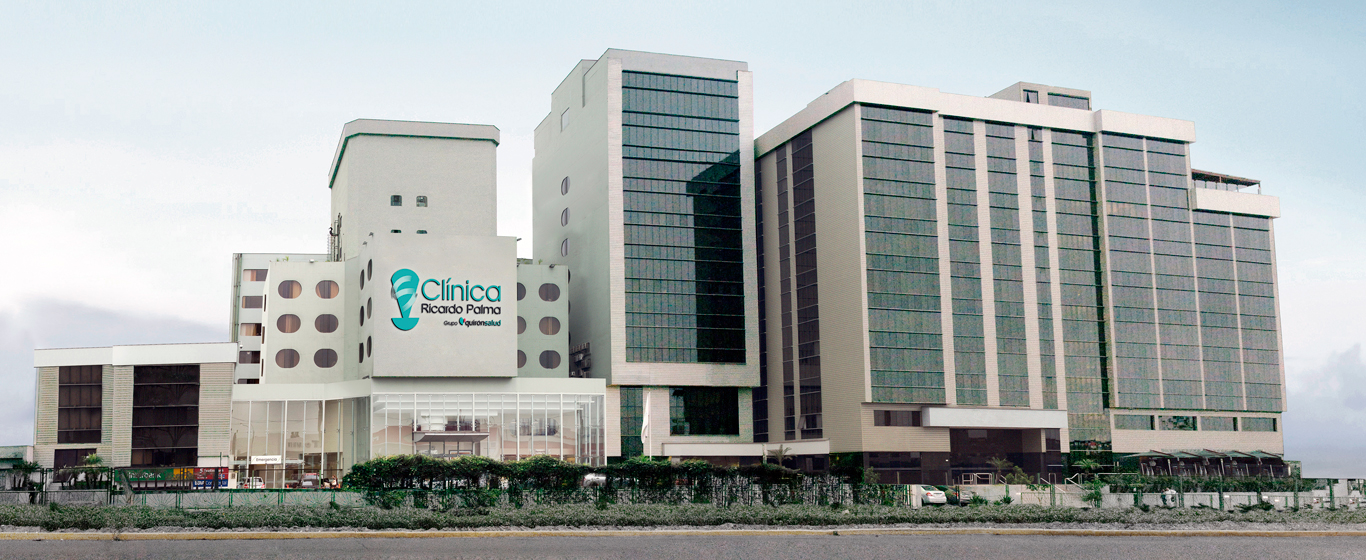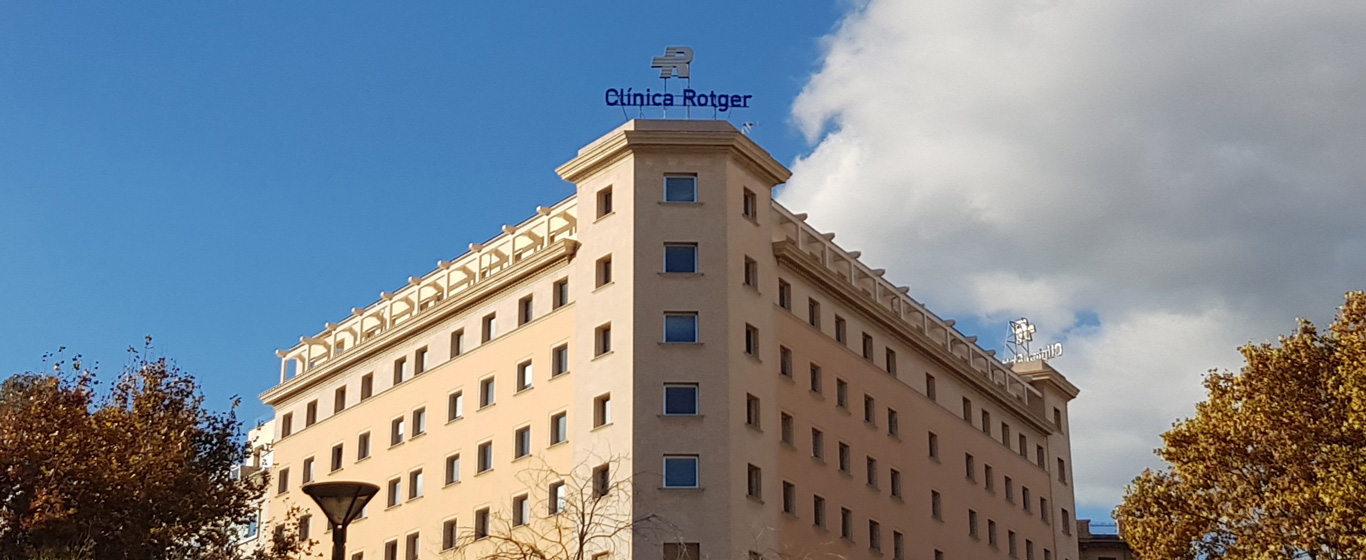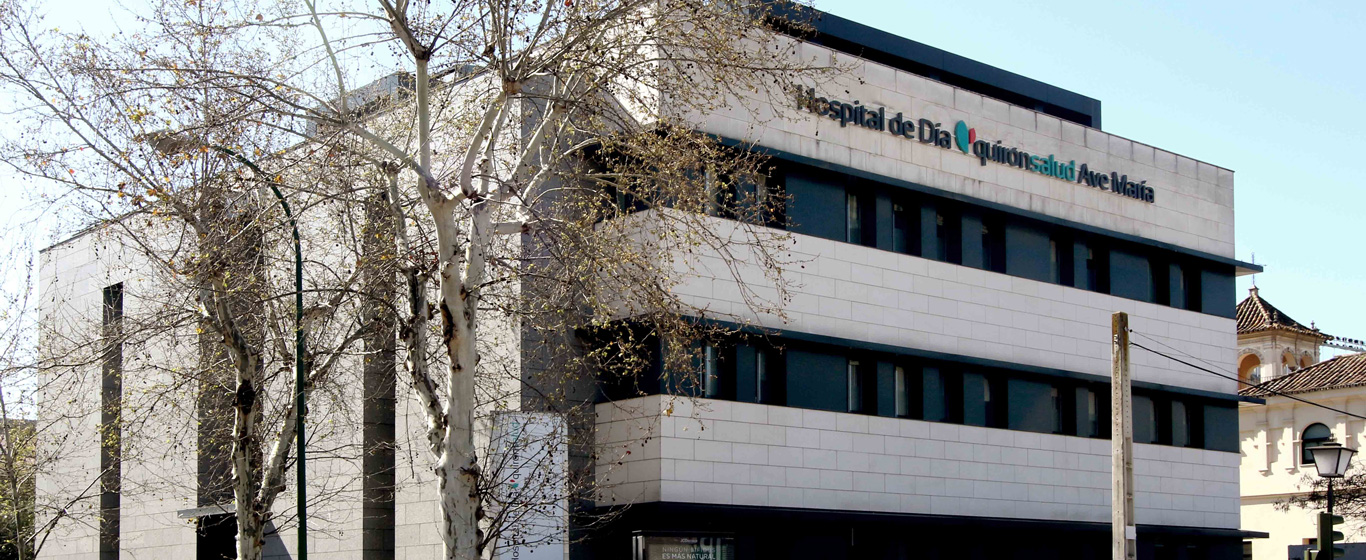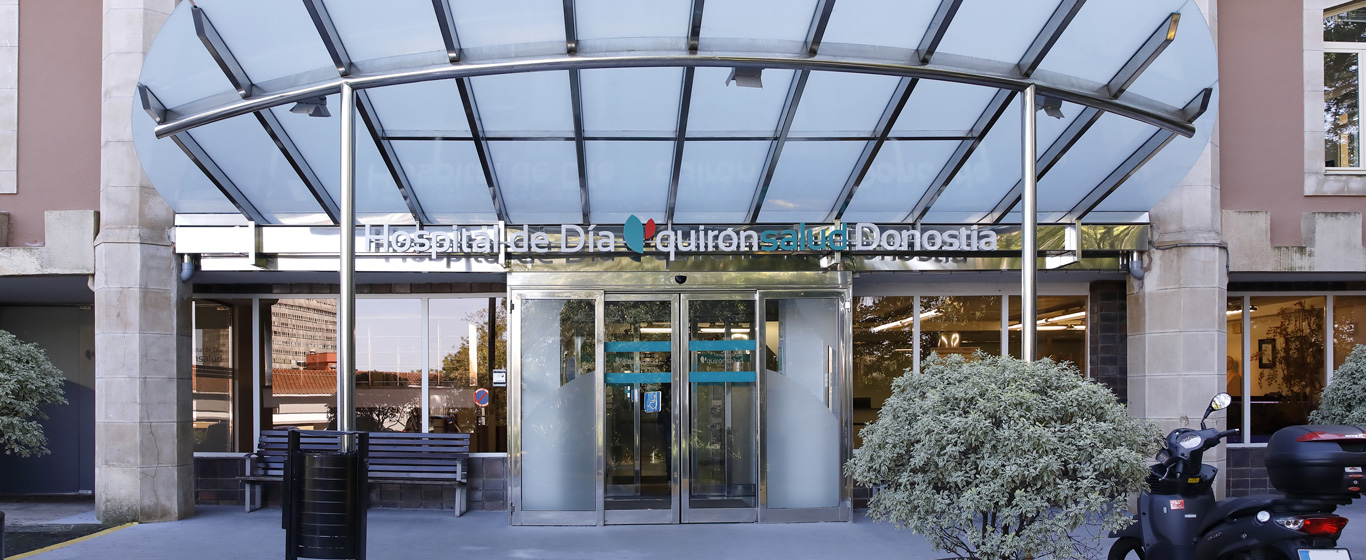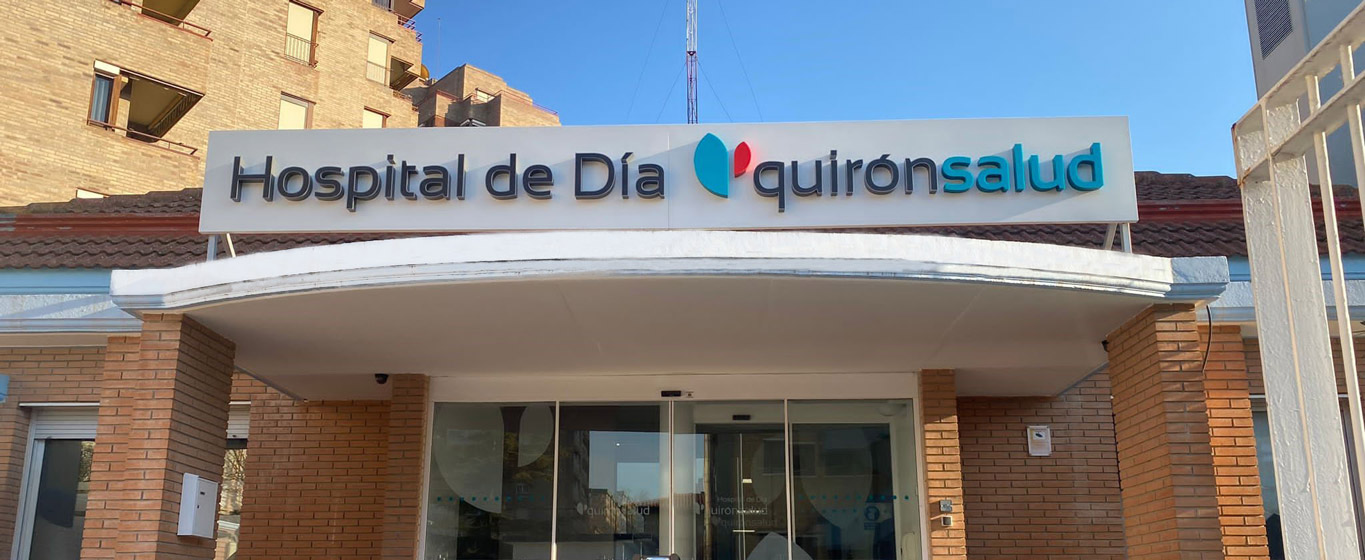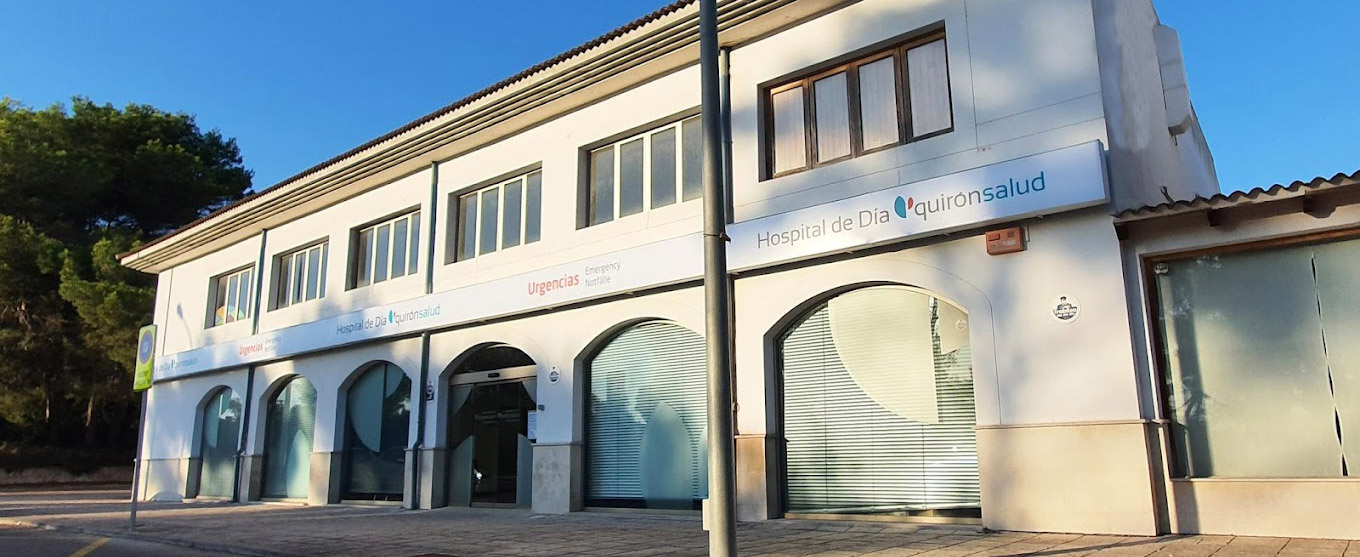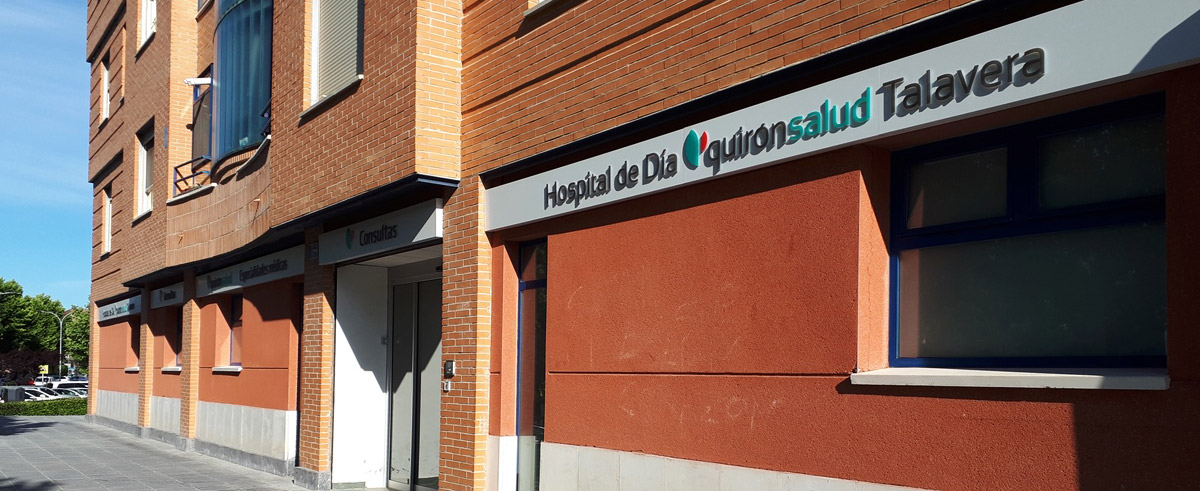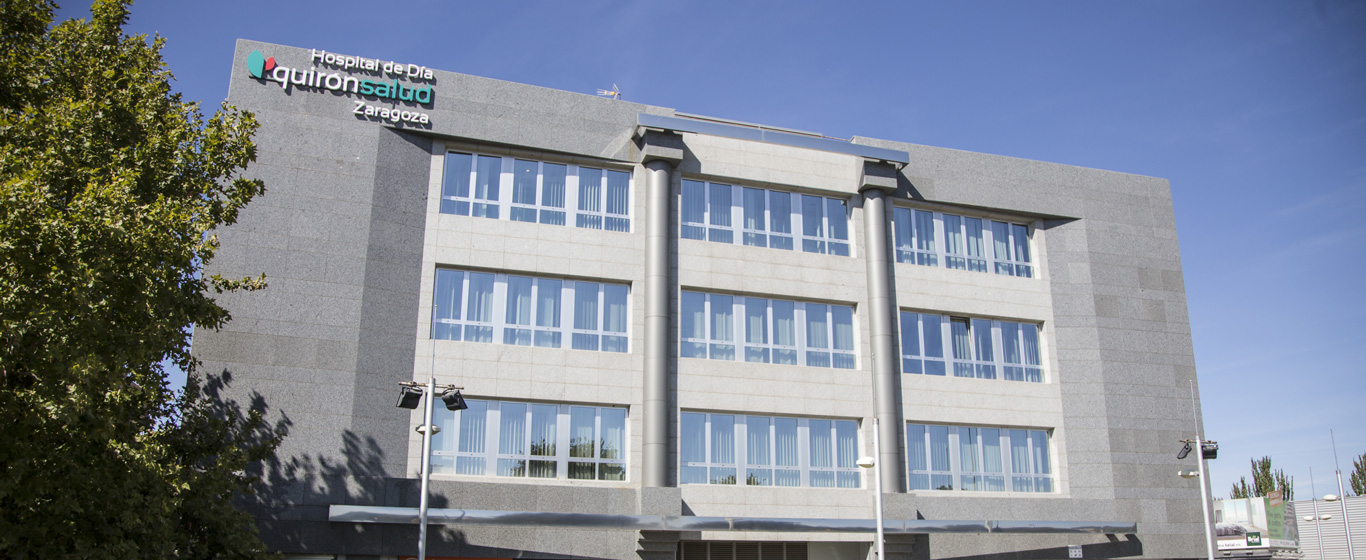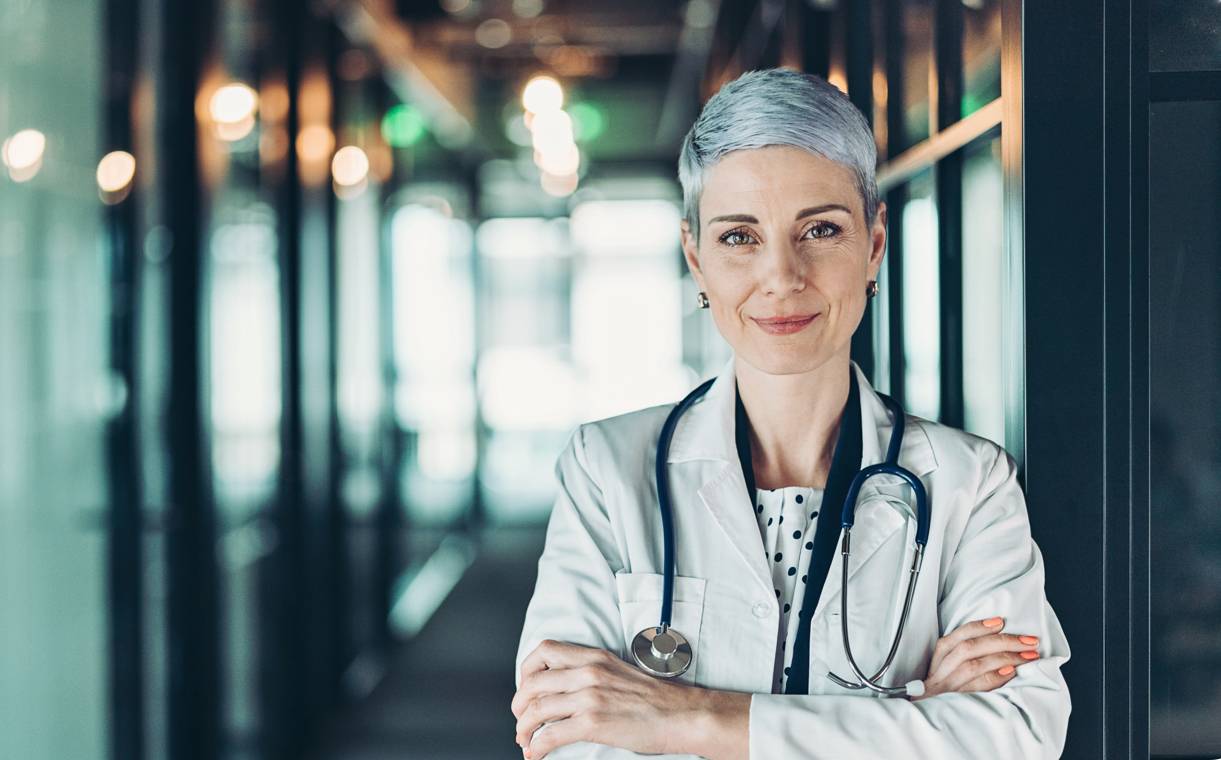Orthopaedic surgery and traumatology
Find out what the speciality of orthopaedic surgery and traumatology involves and learn about the most common procedures in foot, shoulder, or back orthopaedics, as well as the most common diseases in traumatology. Book your appointment with the traumatologist or orthopaedic surgeon at one of our hospitals.
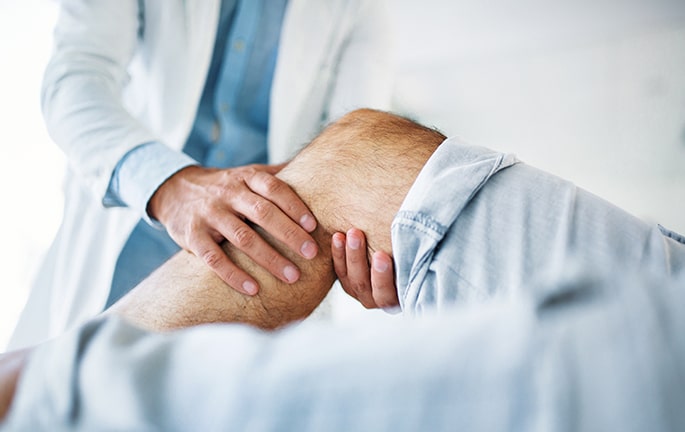
What is orthopaedic surgery and traumatology?
The speciality of orthopaedic surgery and traumatology is a branch of medicine that treats locomotor system injuries and focuses on the care and prevention of diseases affecting the musculoskeletal system. (Our specialists) use a surgical approach to correct certain pathologies or deformities.
At Quirónsalud we have a team of professionals who specialise in the different branches of orthopaedics and traumatology and we work with the most advanced technology to ensure our patients receive the safest and most accurate treatment and diagnosis.
What does orthopaedic surgery and traumatology study?
Orthopaedic surgery and traumatology studies the anatomy and pathologies of the bones, joints, tendons, muscles and nerves involved in the functioning of the locomotor system. Given the broad range of areas it covers, traumatology is divided into different subspecialties:
- Traumatology of the hip, studies injuries to this joint which connects the femur to the pelvis, whether fractures, wear and tear or other disorders.
- Traumatology of the spine, focusing on cervical or lumbar pain and pathologies such as scoliosis, lumbar arthrosis, spinal canal stenosis or disc herniation.
- Traumatology of the knee, studies injuries to this joint which connects the femur to the tibia, both degenerative and traumatic injuries.
- Traumatology of the foot and ankle, which studies the conditions and pathologies of these joints.
- Traumatology of the shoulder, which focuses on pain and pathologies such as tendon rupture, osteoarthritis or shoulder instability.
- Traumatology of the hand and elbow, focusing on the care of these joints and the tendons and nerves that support them.
- Oncological traumatology, which treats and monitors tumours affecting the locomotor system.
- Sports traumatology, which prevents and treats injuries resulting from sporting activities
- Paediatric traumatology, which deals with musculoskeletal injuries and disorders during childhood and adolescence.
Which patients is it for?
Orthopaedic and trauma surgeons treat patients with injuries such as fractures, sprains and dislocations or who are suffering from degenerative, congenital, tumour or infectious diseases. Given that these conditions/diseases (esta palabra no sé cuál es la más adecuadas) affect the organs of the locomotor system and can limit movement and daily activity, our specialists will focus their efforts on improving the patient’s everyday quality of life.
Techniques, procedures and diagnostic methods
Based on the complexity of this speciality, the techniques used in the diagnosis and treatment of trauma pathologies are very diverse. The most common include:
- Magnetic resonance imaging (MRI): a non-invasive diagnostic method that provides detailed images of the bone and soft tissues of the body through the use of magnetic fields. Another advantage is that it does not produce radiation.
- Computerised axial tomography (CAT): a diagnostic test that takes X-ray images from different angles to create 3D views of bone and soft tissues. Very useful for studying fractures and planning surgery.
- X-ray: one of the most traditional tests in the speciality involves taking images using X-rays. Basic test for the study of fractures and joint wear and tear
- Gamma bone scan: a diagnostic test that provides imaging with the use of radiotracers and a device that detects radioactive activity in bone. Used in the study of infections and complications of joint replacements
- Arthroscopy: a minimally invasive surgical technique that allows certain joint injuries to be repaired with the use of a small camera, which increases the surgeon’s field of vision and facilitates manoeuvres.
Diseases and symptoms
Main pathologies and diseases
The most common trauma diseases include:
- Osteoarthritis or joint wear and tear
- Joint infections
- Scoliosis and other spine deformities
- Herniated discs and spinal canal stenosis
- Lumbalgia
- Bunions and other foot deformities
- Sprains
- Carpal tunnel syndrome
- Fractures
- Tendon ruptures
- Meniscus and ligament injuries
Related symptoms
These pathologies usually cause the following symptoms:
- Lower back and cervical pain
- Pain in different joints
- Deformities and impaired mobility
- Joint swelling, redness and warmth
- Tingling limbs
- Muscle contractures
- Instability and loss of strength
About the orthopaedics and traumatology consultation
We solve any doubts you may have before you see the specialist
On the first appointment, the orthopaedic surgeon will perform a complete assessment of the patient, and analyse their medical history, general state of health and carry out a physical examination. When necessary, they will request additional tests to be carried out to assist in the diagnosis. Once all the results have been analysed, they will prescribe a personalised treatment according to the patient and their specific condition.
Faster diagnosis
At Quirón Salud we have activated protocols that allow us to reduce the number of unnecessary appointments, bringing forward diagnostic tests, reducing waiting times, so that the specialist already has the results when the patient arrives for their consultation.
This helps us save our patients unnecessary visits, speeding up their diagnosis and treatment and, therefore, enabling them an earlier recovery.
What should you keep in mind?
It is important to know when to refer to an orthopaedic surgeon to prevent a minor condition from worsening as a result of a delay in treatment. As a general rule, you should request a consultation when you have suffered a physical trauma or when you have severe musculoskeletal pain that does not subside with rest. We also advise you to consult a specialist in the case of pain or a disorder that has been affecting you for months and does not improve with painkillers.
What should I take to the appointment?
At the time of the appointment, we advise you to bring your medical history and the results of any diagnostic tests that have been carried out previously, in cases where such tests were not requested by the same specialist. It is also useful if you bring a calendar showing how the symptoms have evolved. Like in any other medical consultation, it is a good idea to bring a list of questions and concerns to discuss with the traumatologist, which will help them reach a more personalised diagnosis.
You may receive a questionnaire a few days before your appointment asking about your medical history, usual medication and other specific questions that will allow us to anticipate certain aspects of your consultation, helping us to expedite and personalise your care. To do this, we recommend that you download the free Quirónsalud Patient Portal application, which will facilitate communication with your healthcare team.
You may receive a questionnaire a few days before your appointment asking about your medical history, usual medication and other specific questions that will allow us to anticipate certain aspects of your consultation, which will help us expedite your treatment and offer you a more personalised care. To do this, we recommend that you download the free Quirónsalud Patient Portal application, which will facilitate communication with your healthcare team.

If you have any further questions, please contact us through the Patient Services telephone number: 900 301 013



